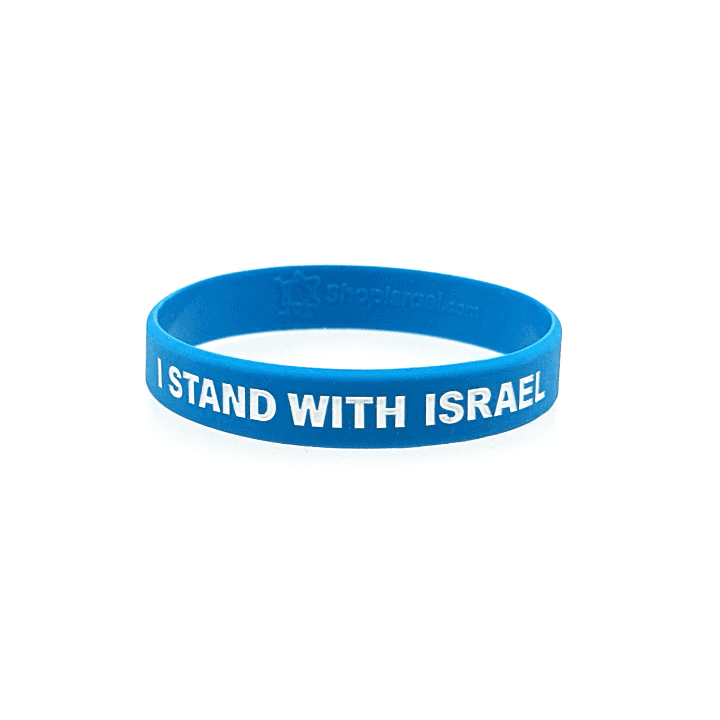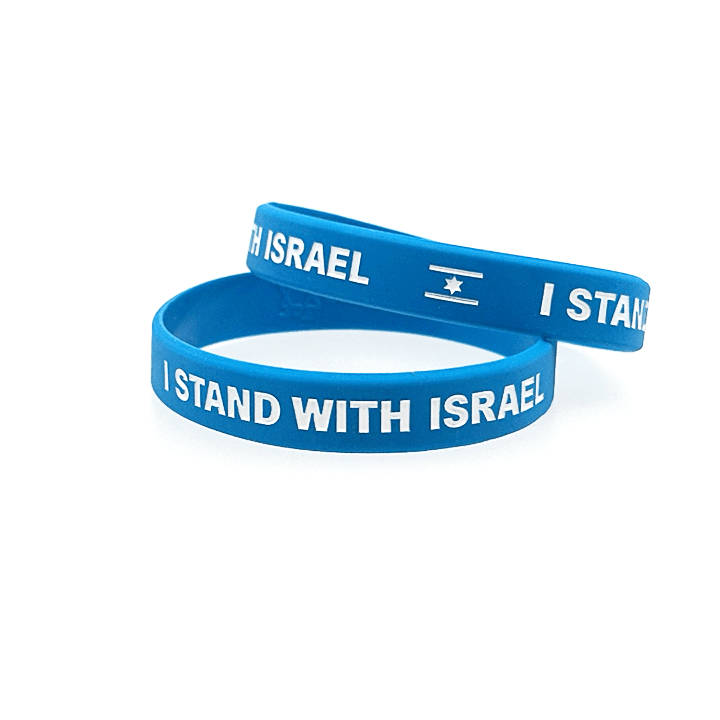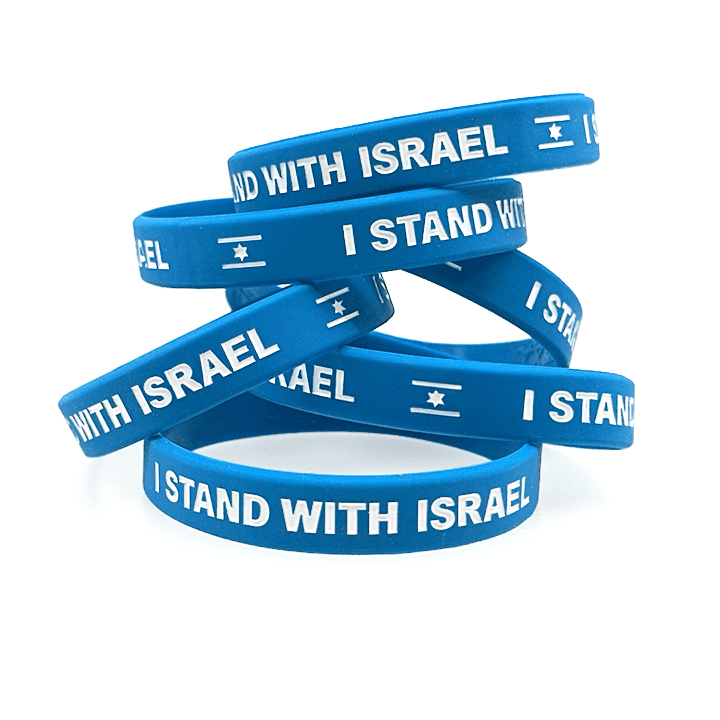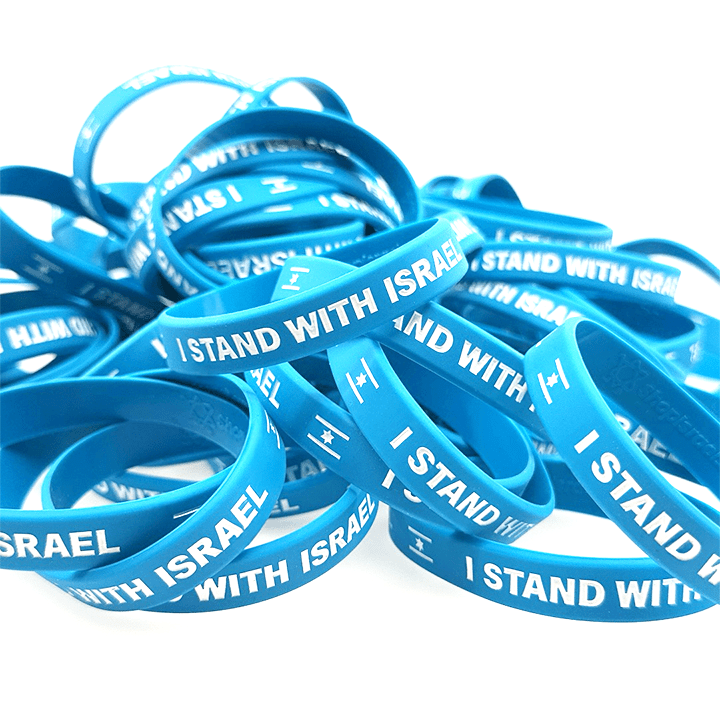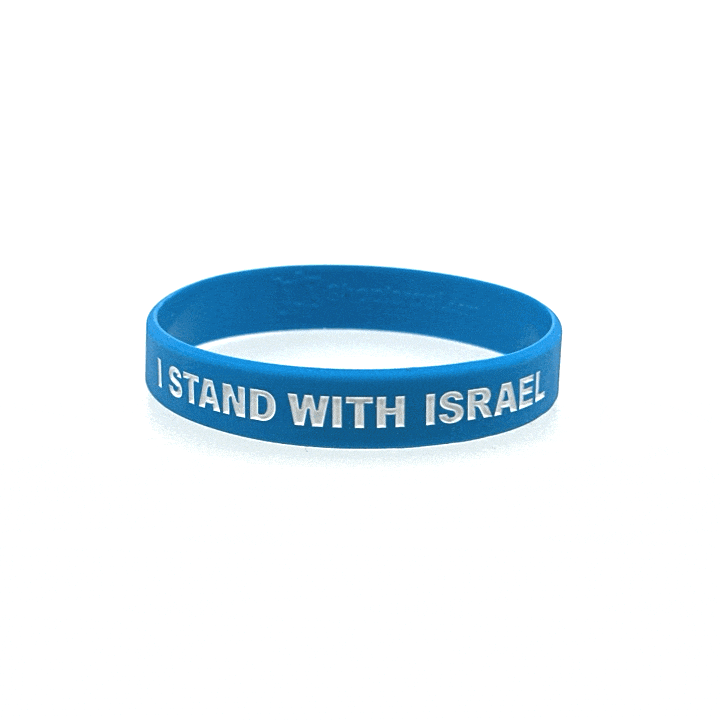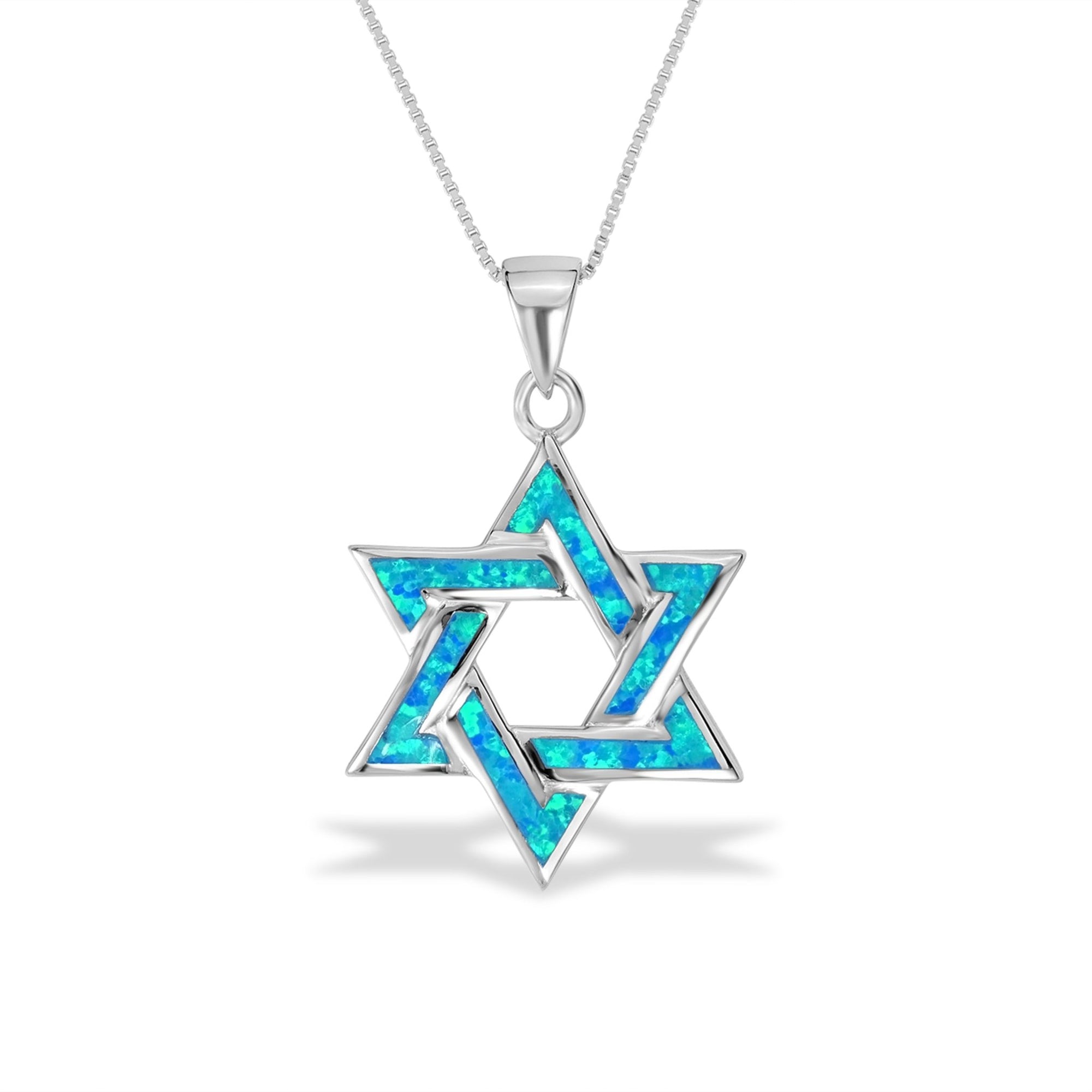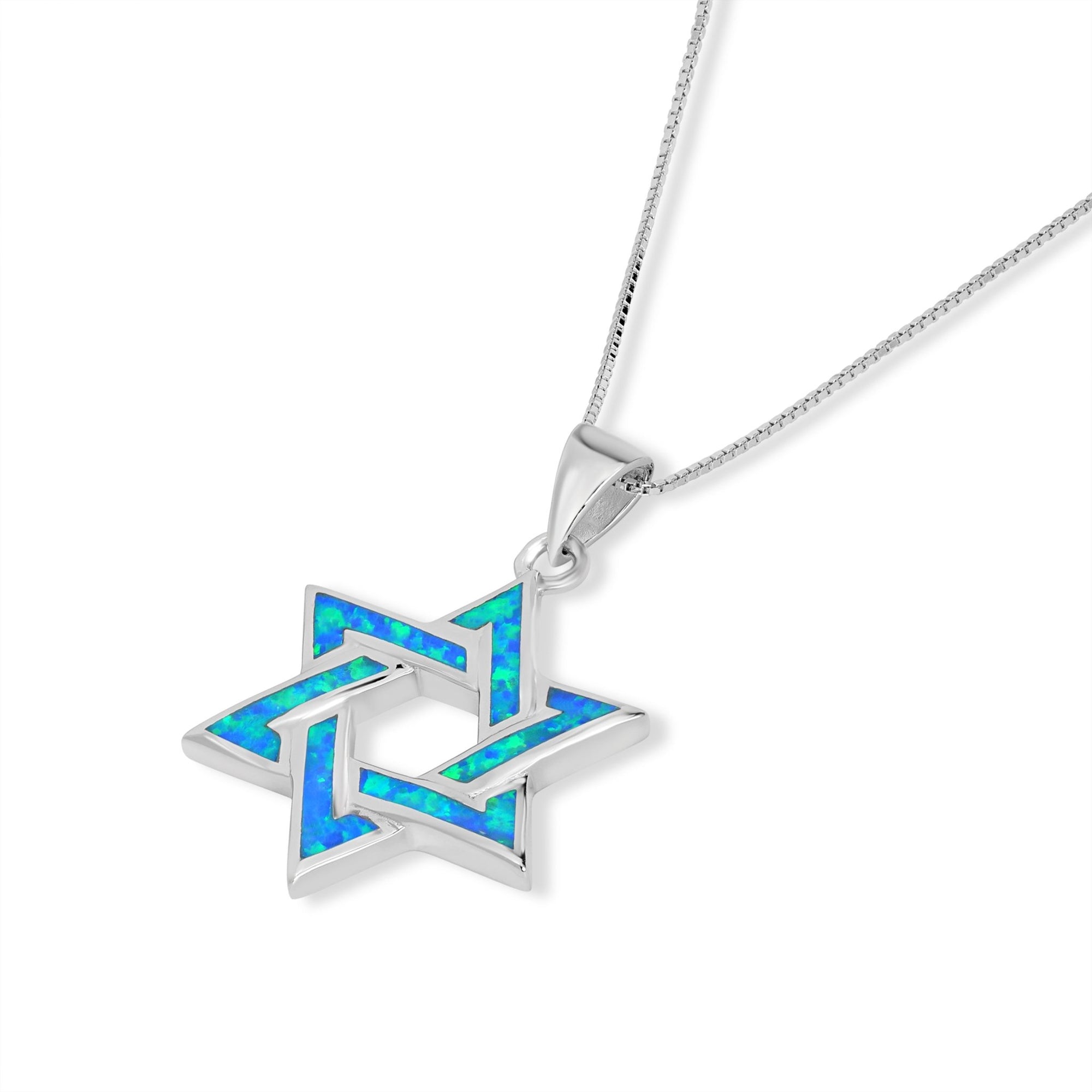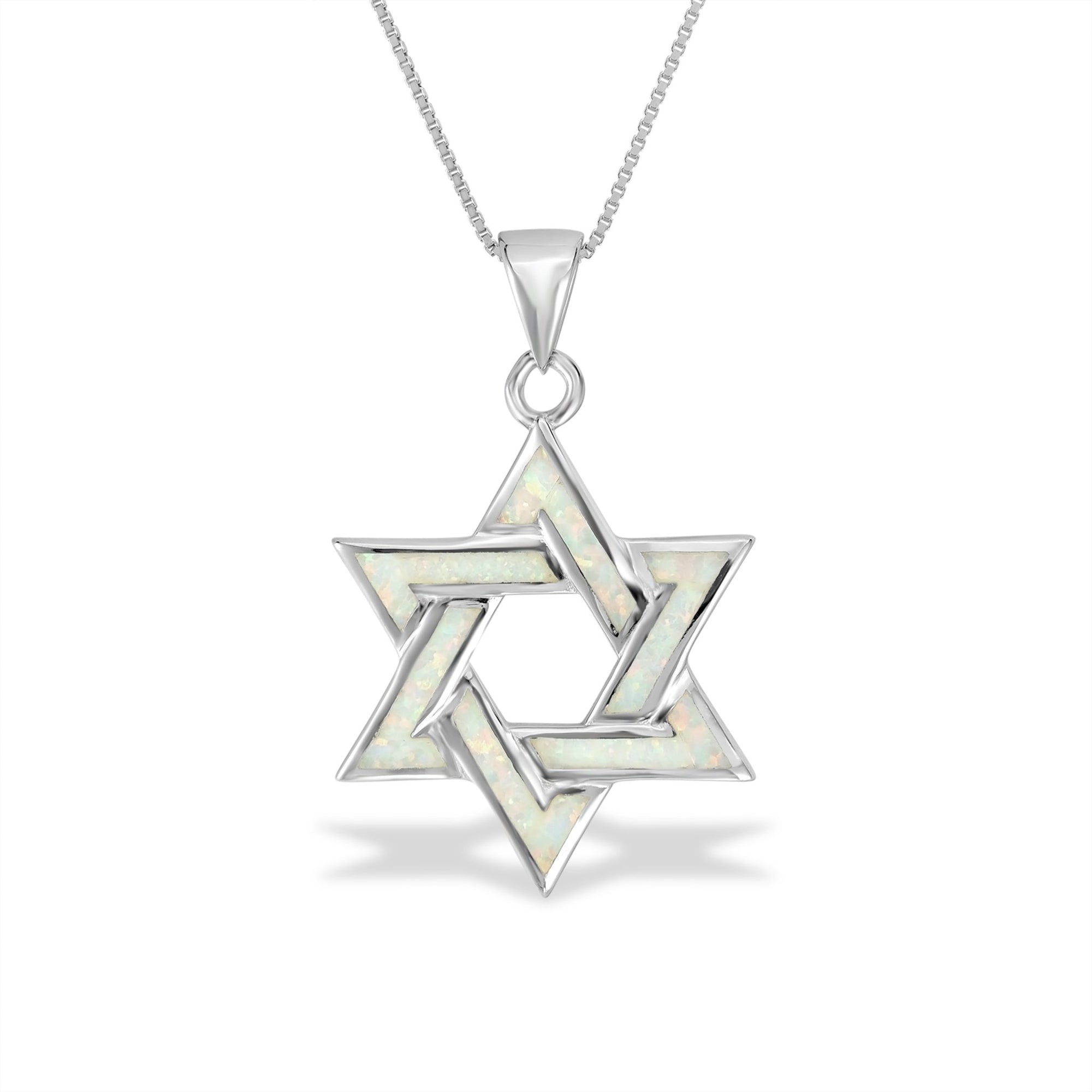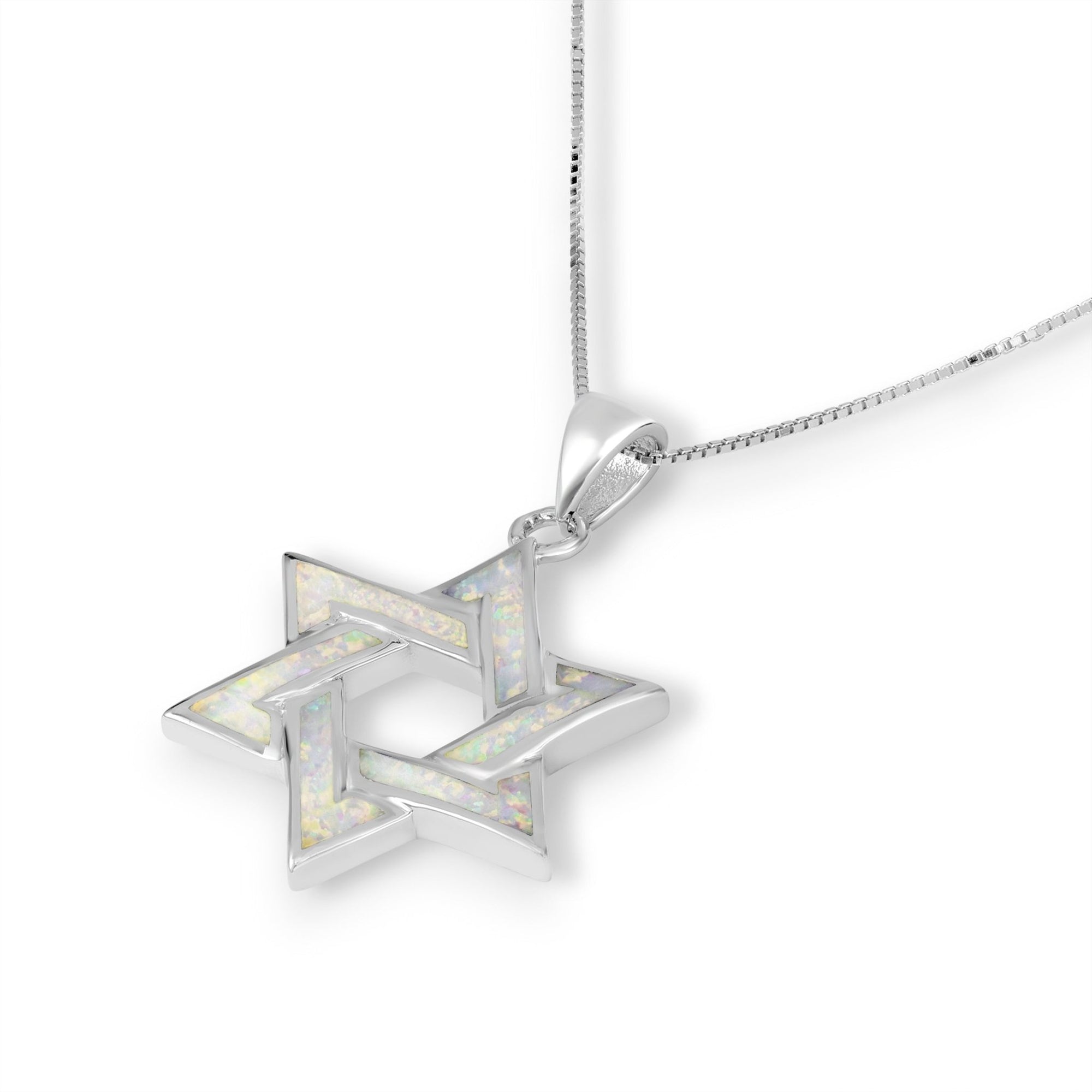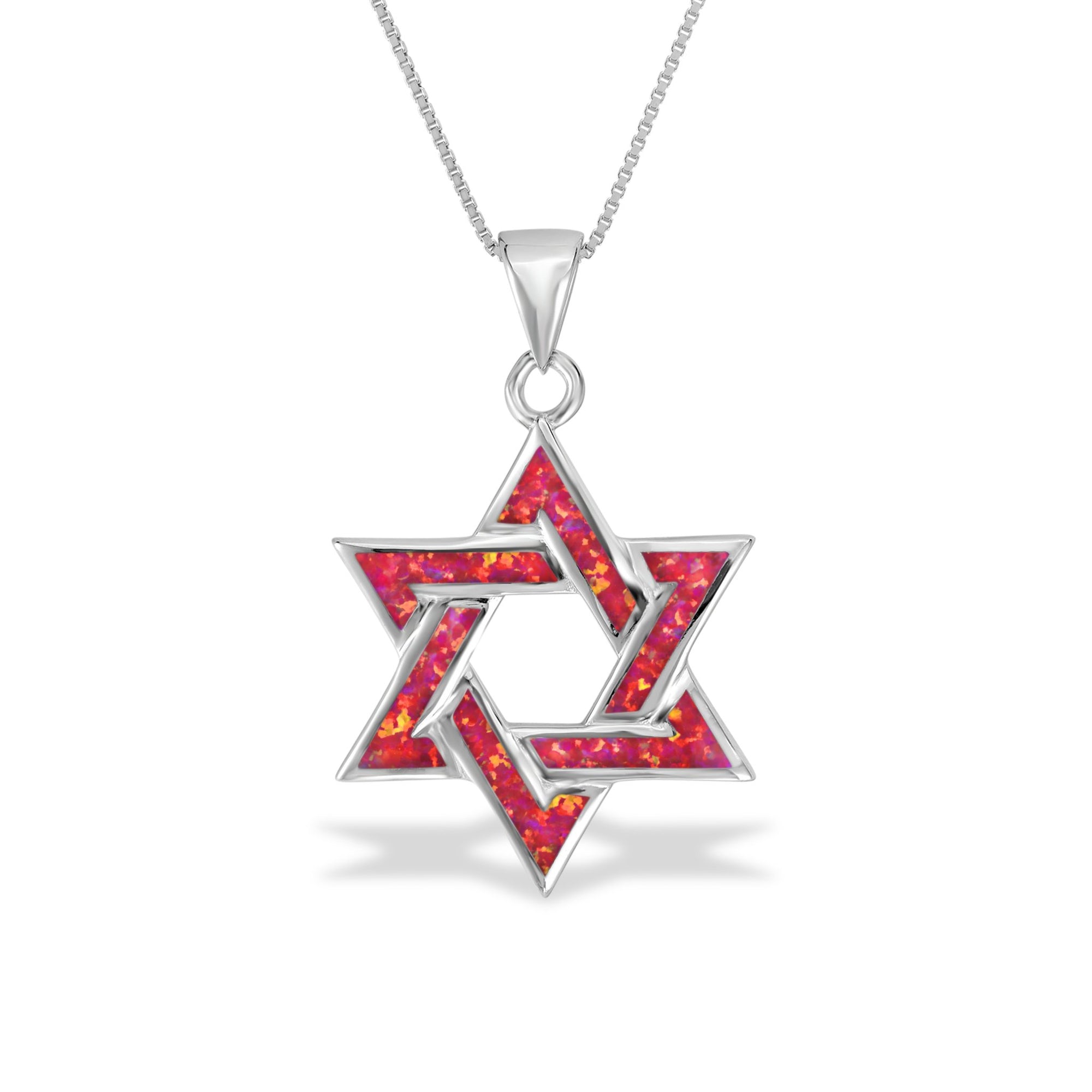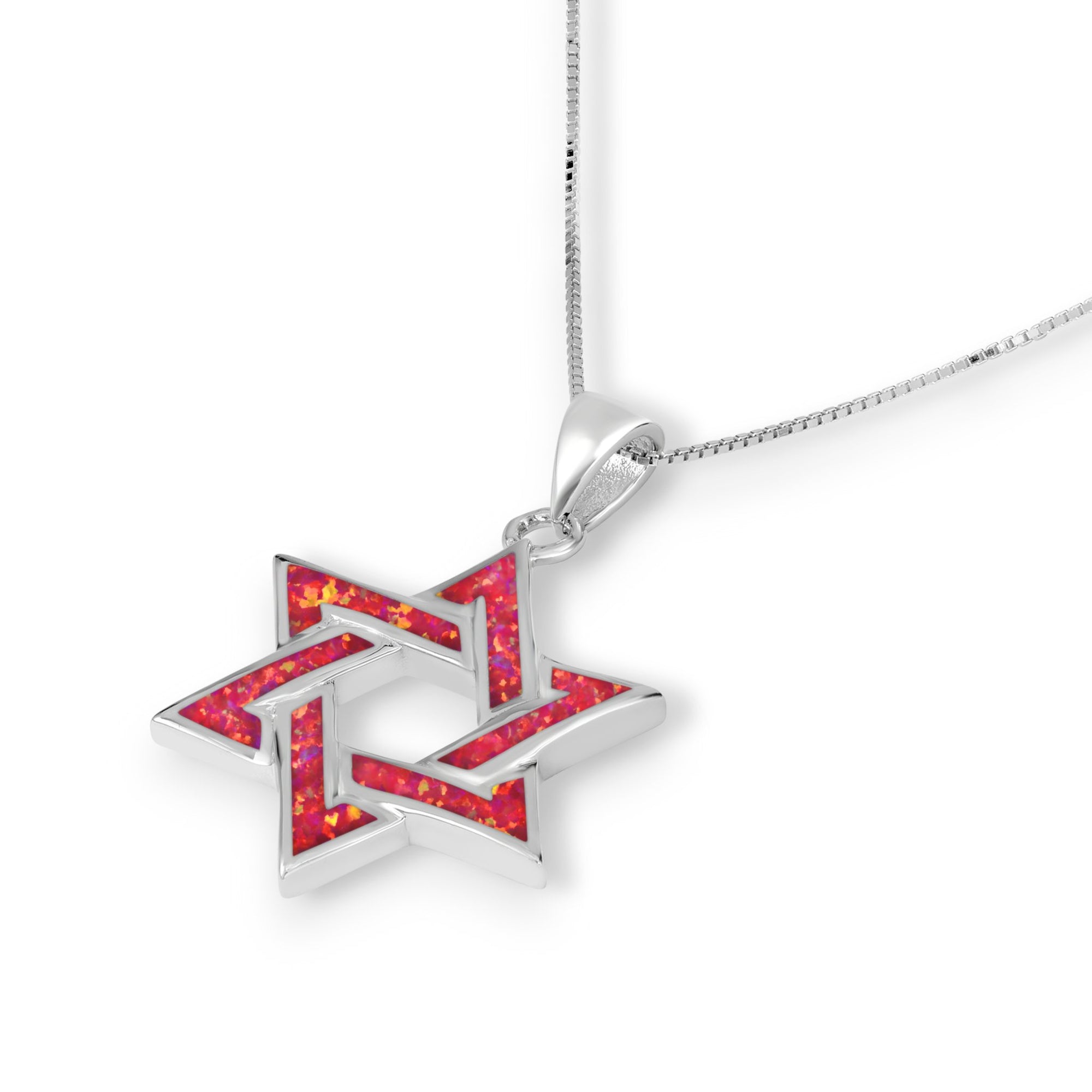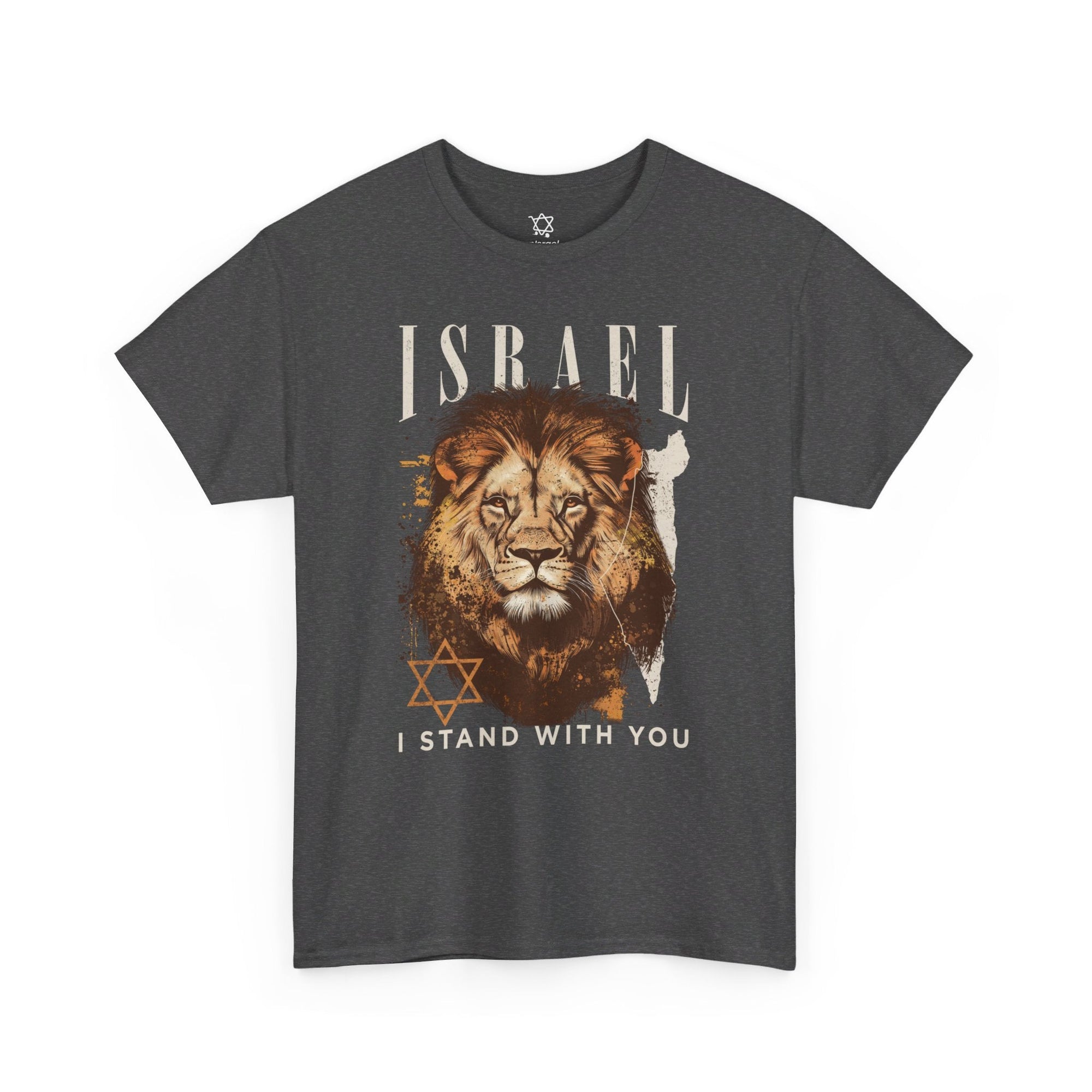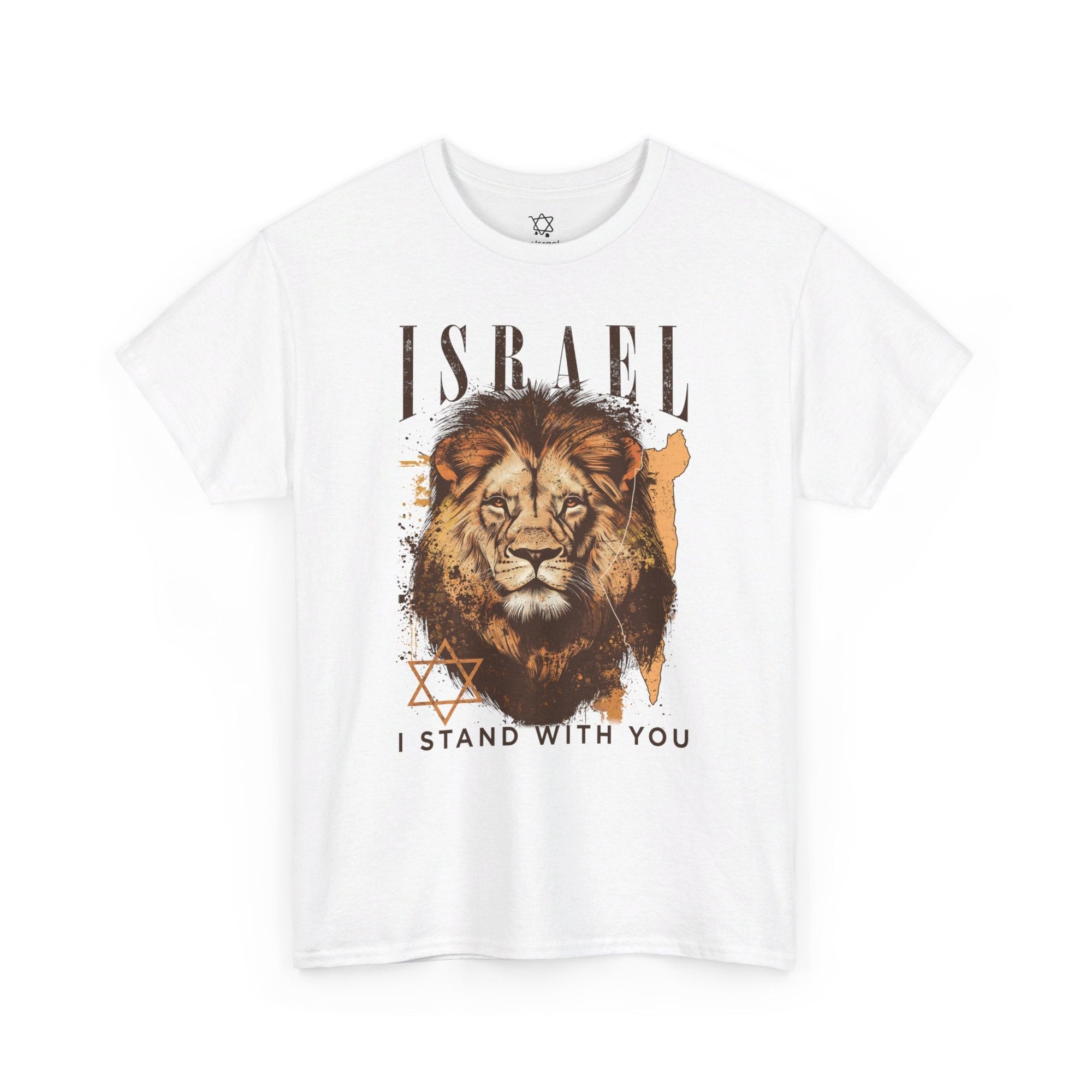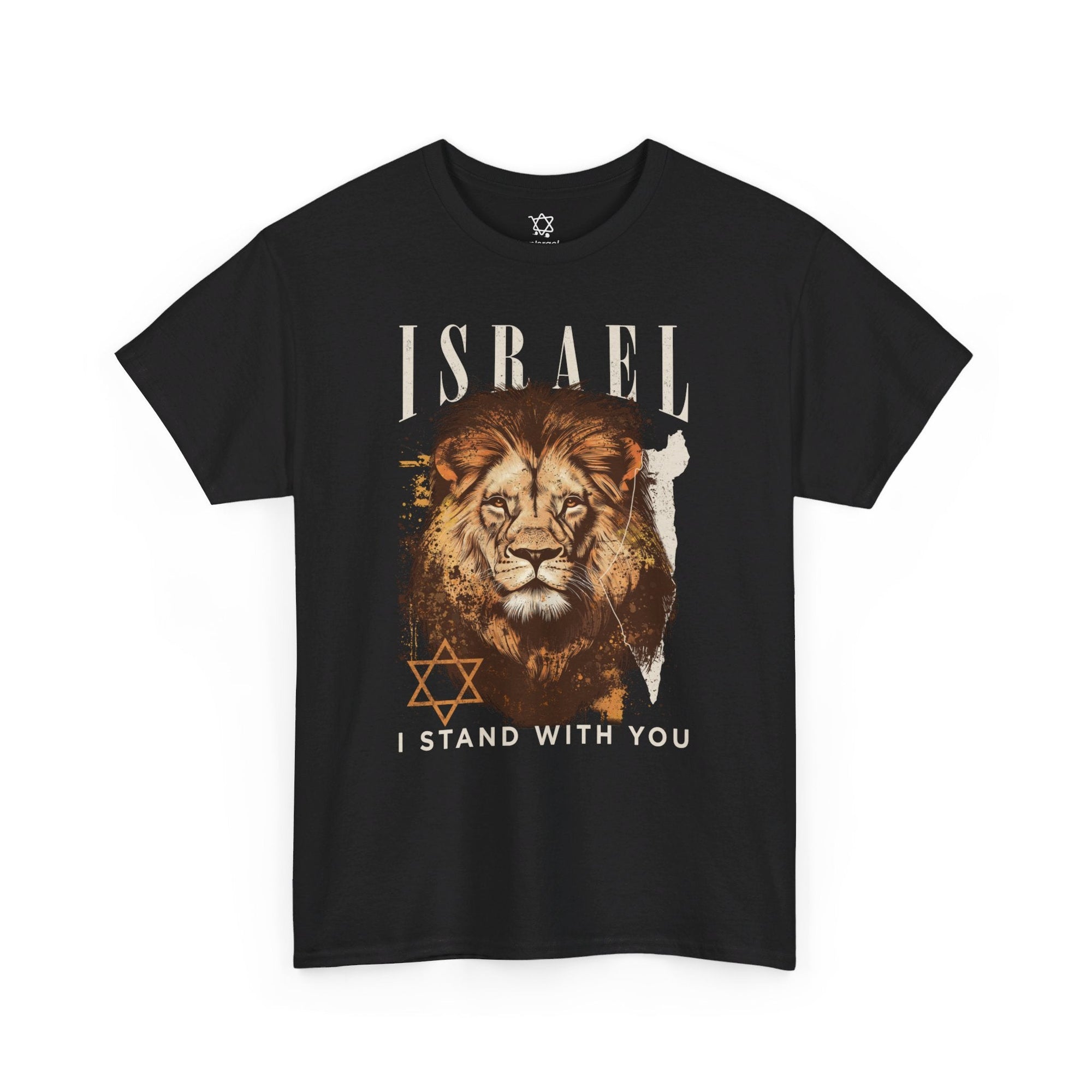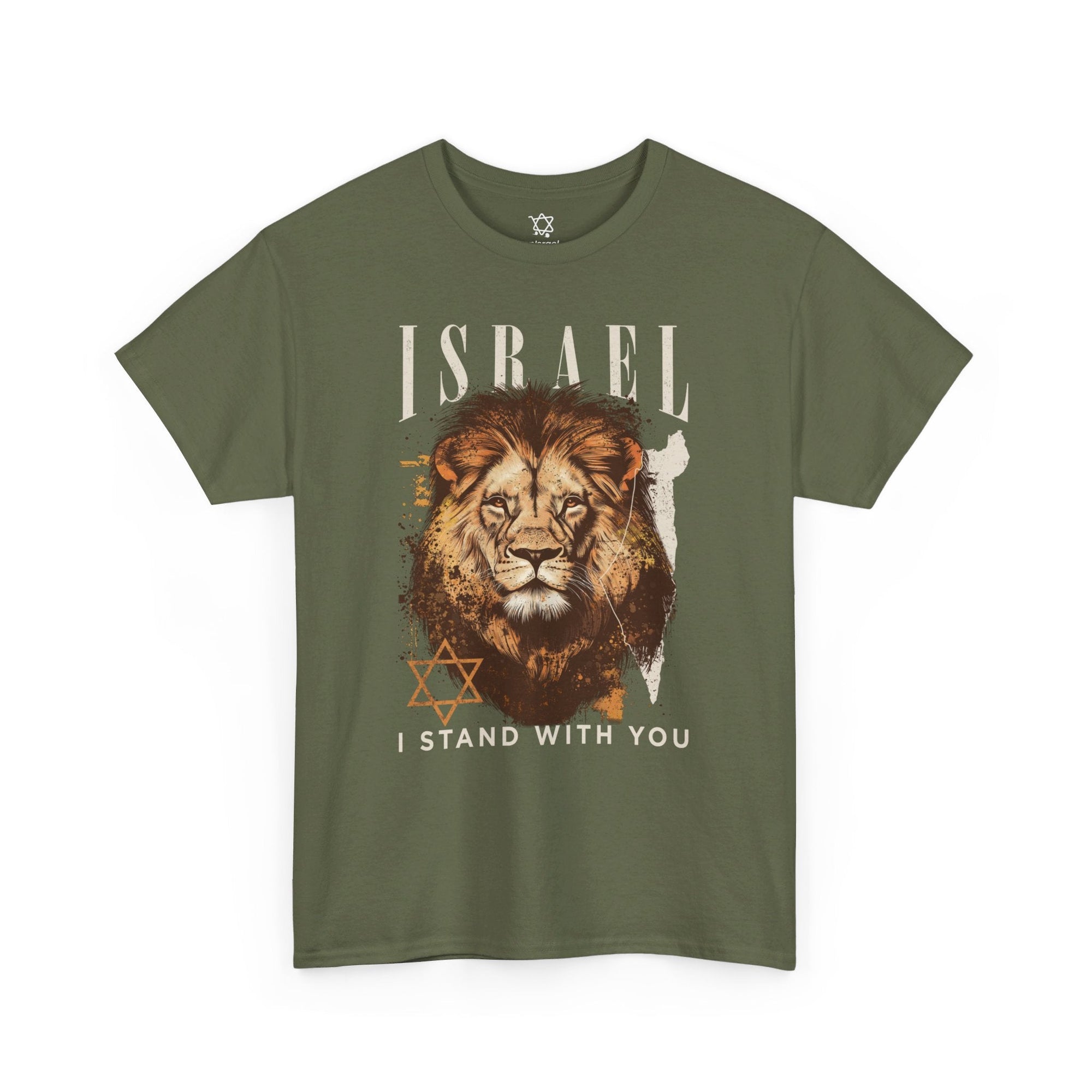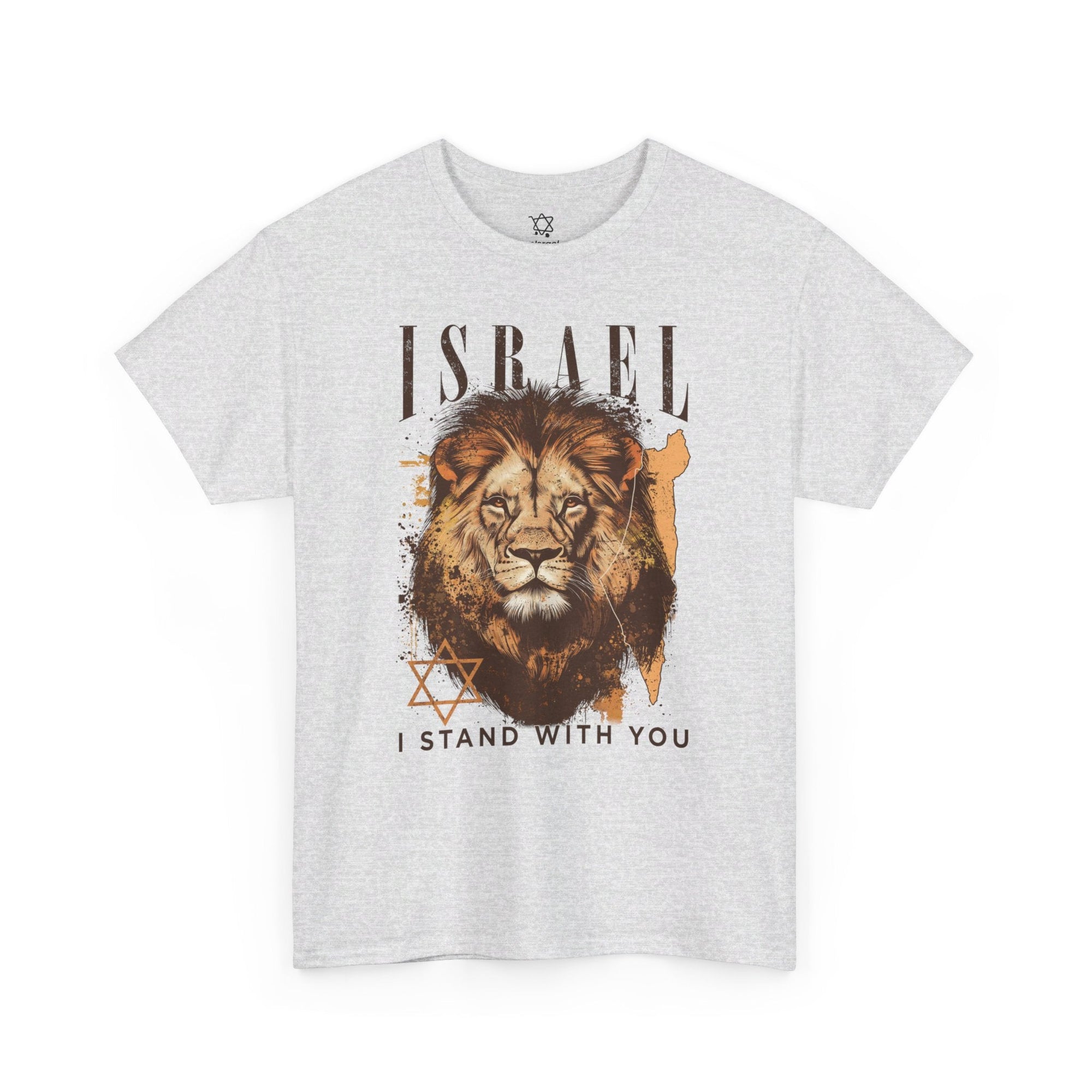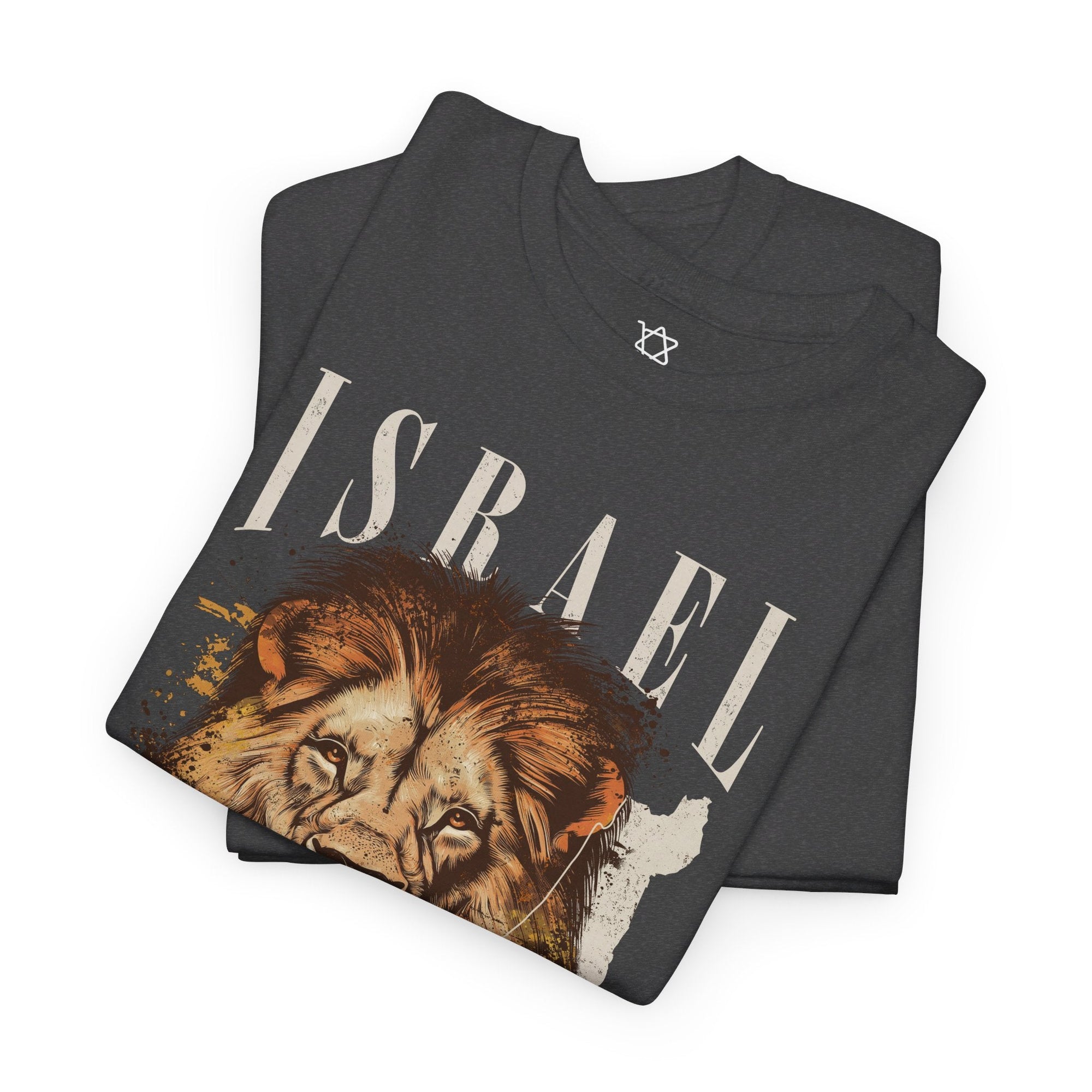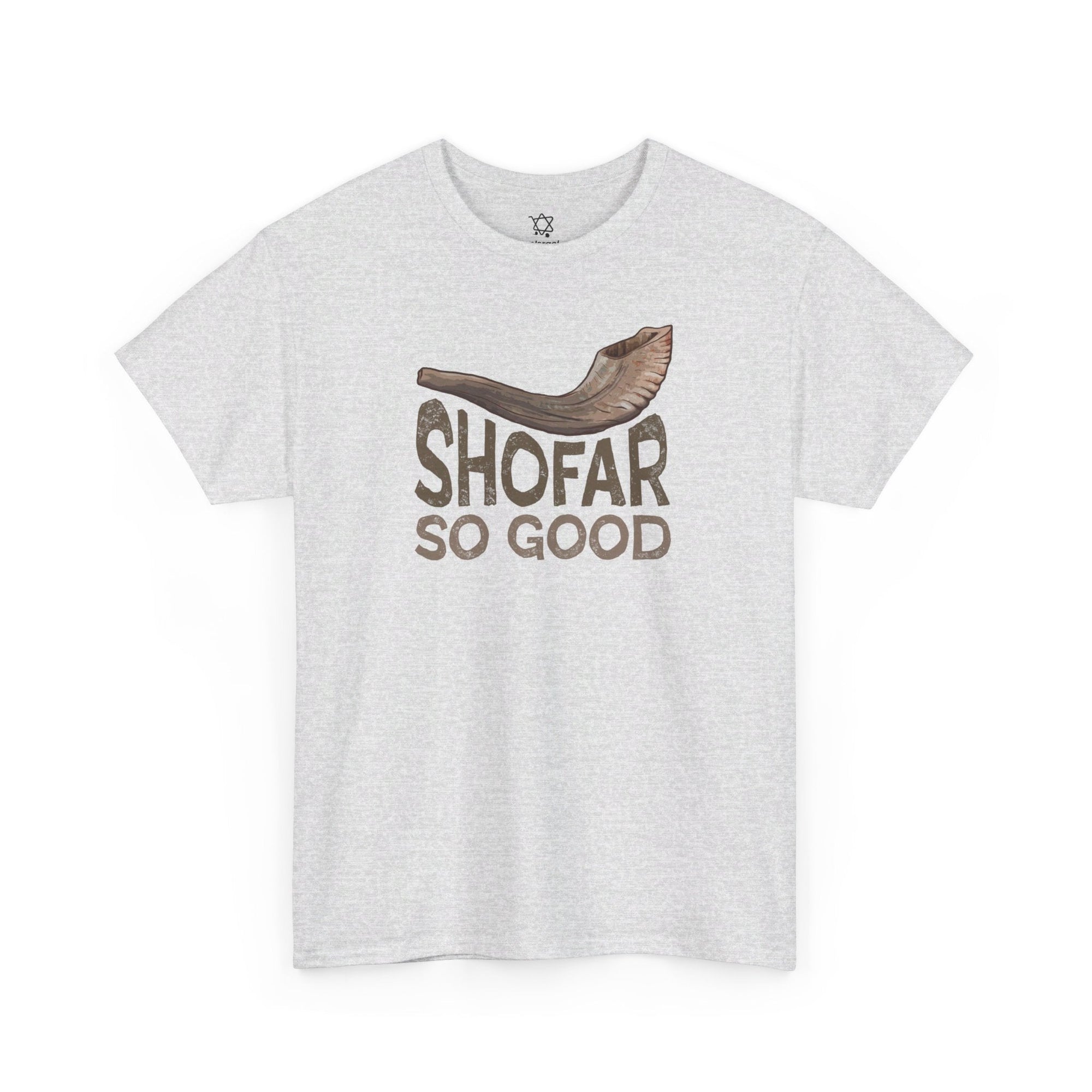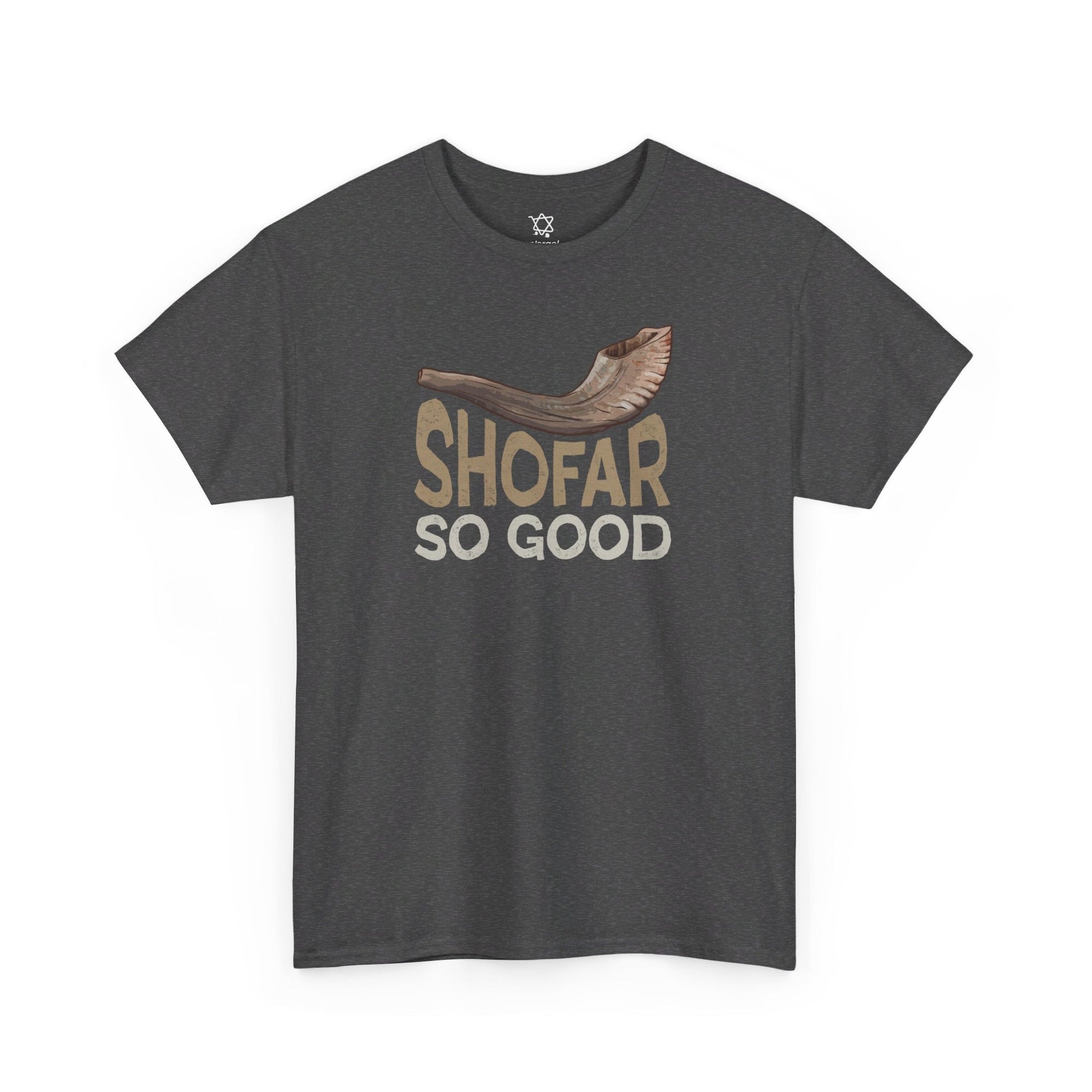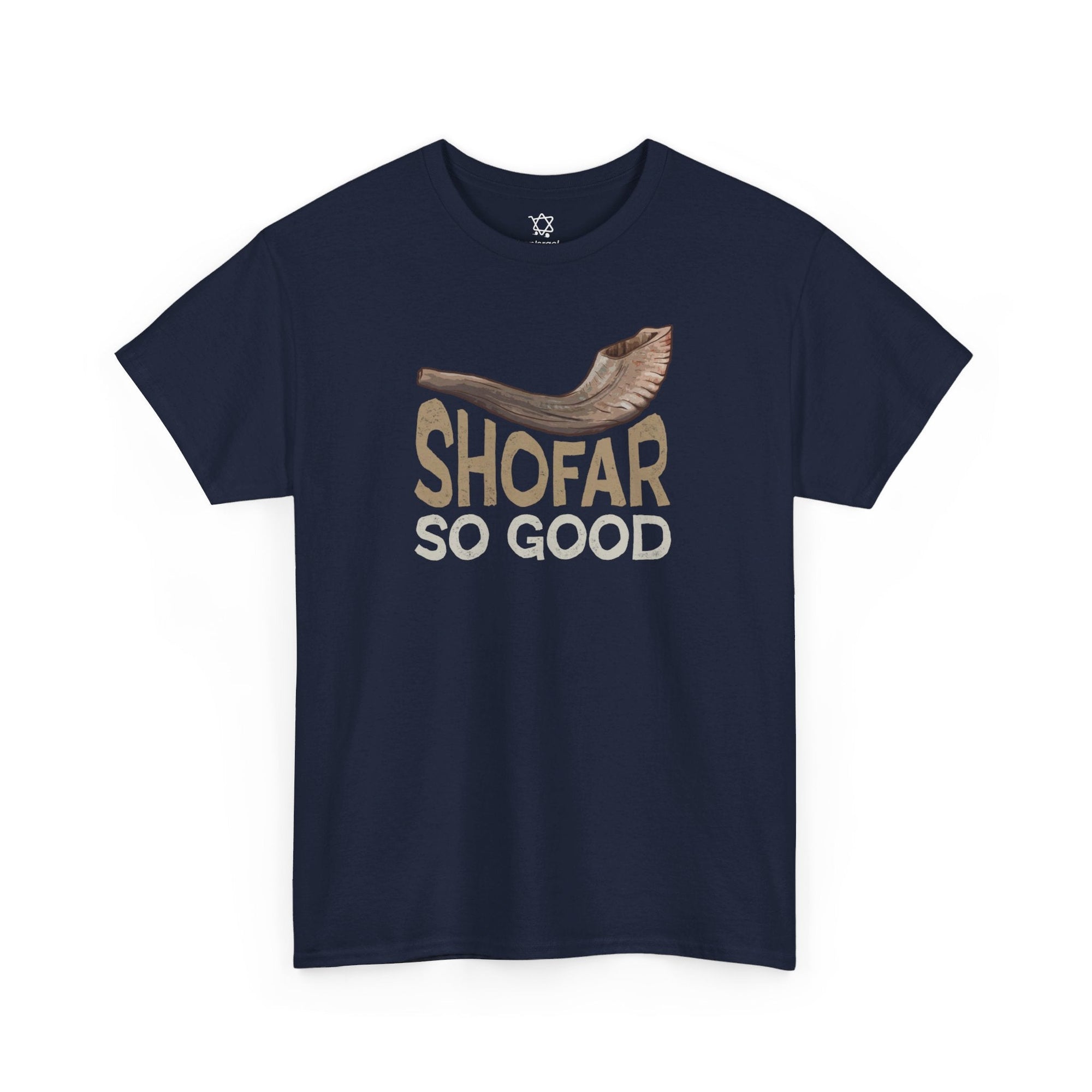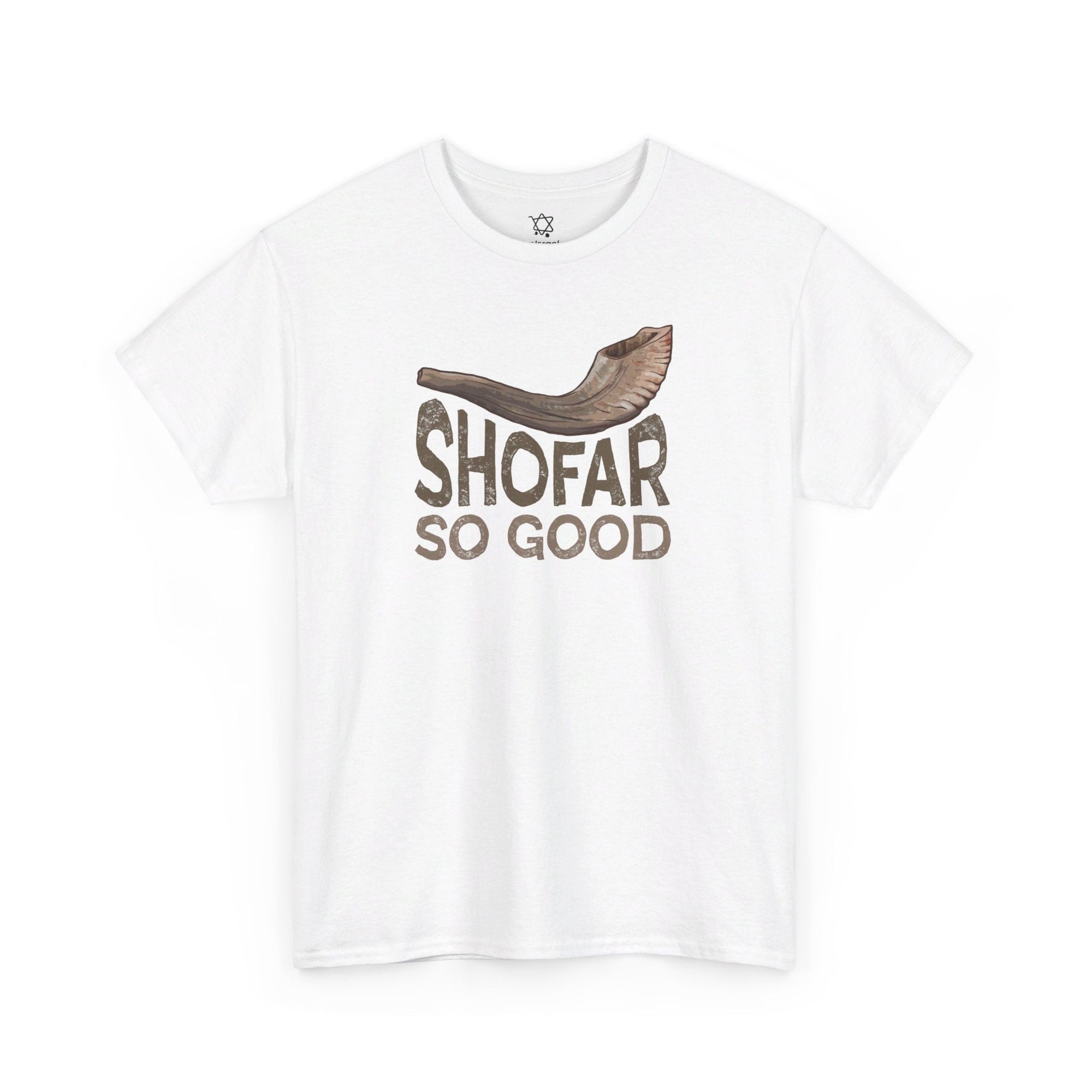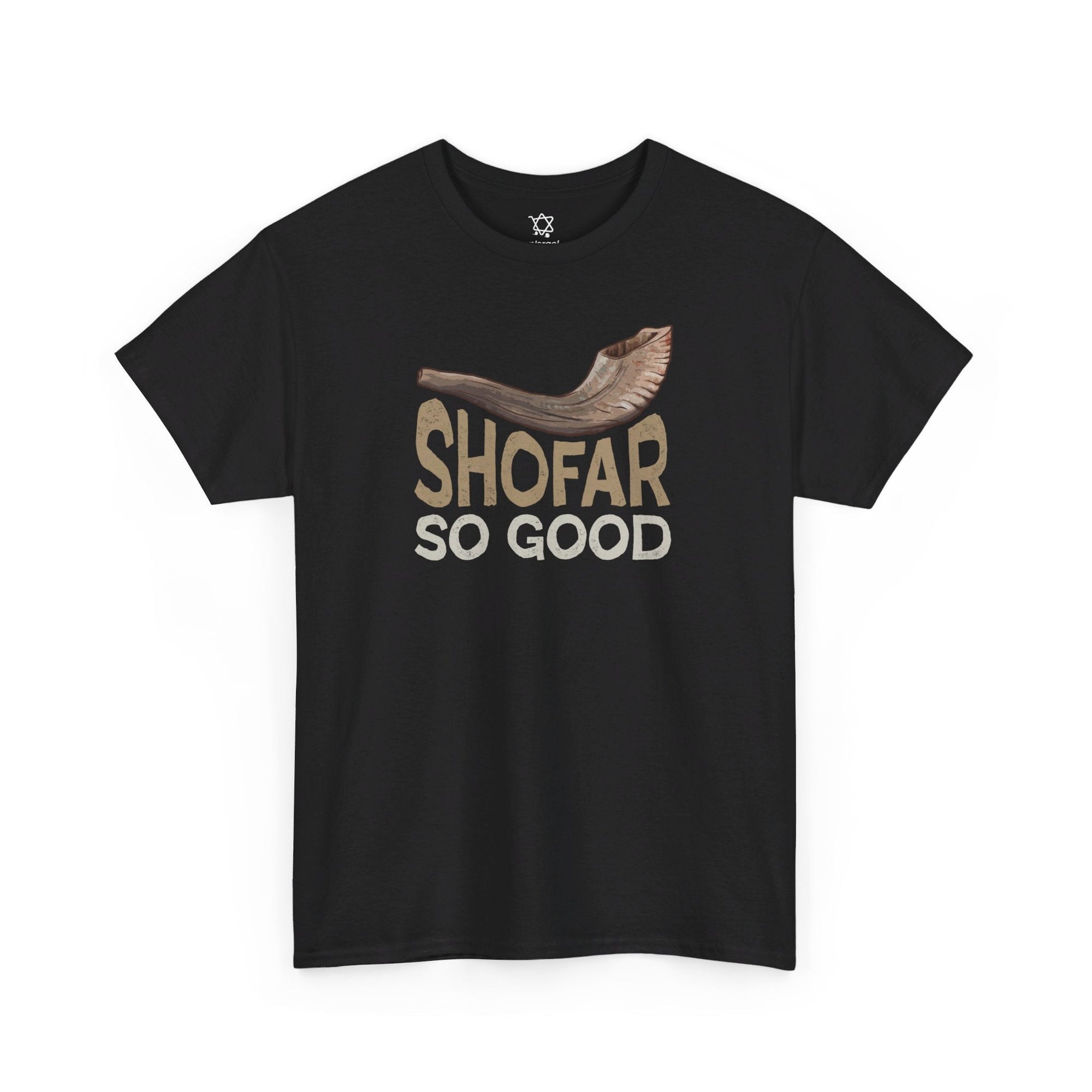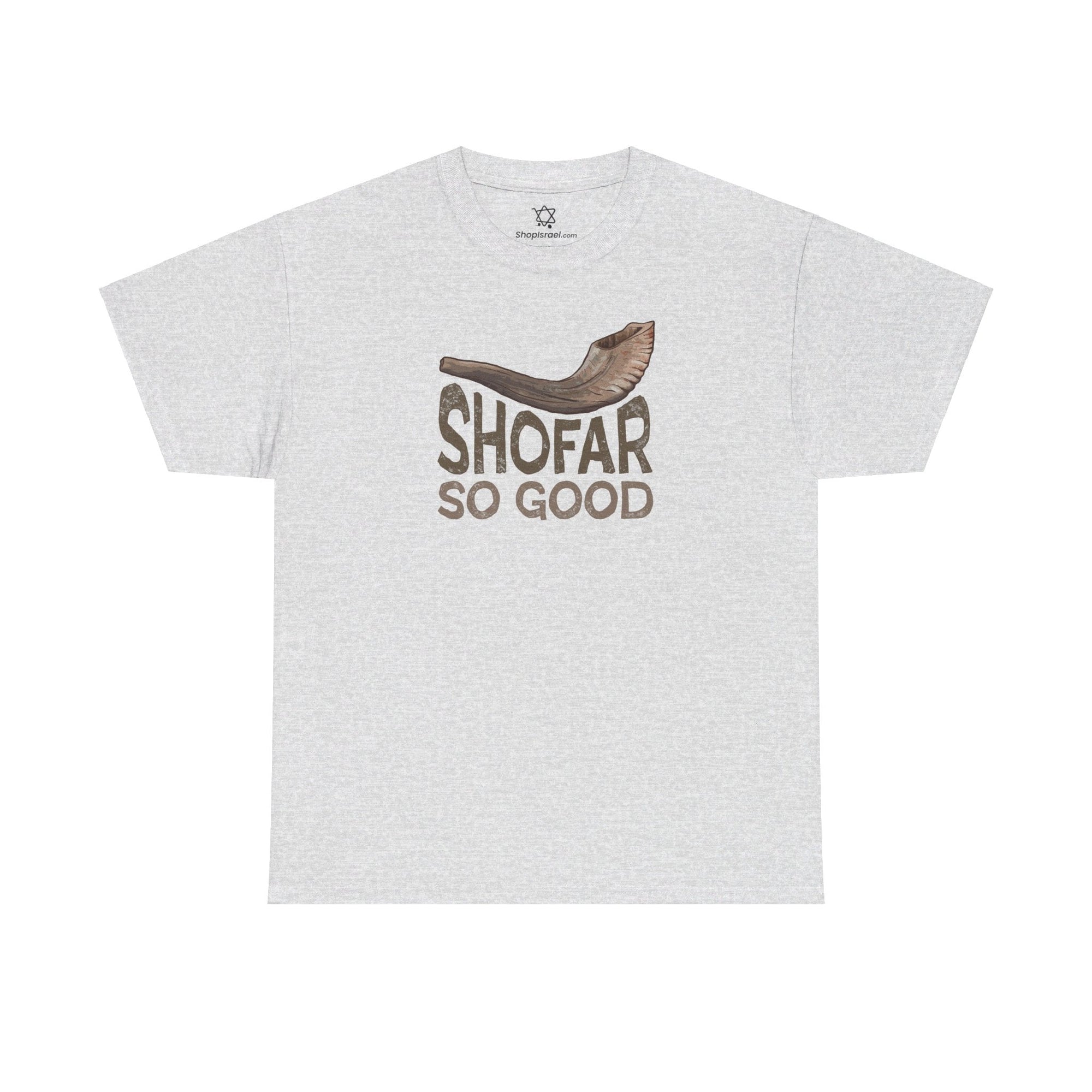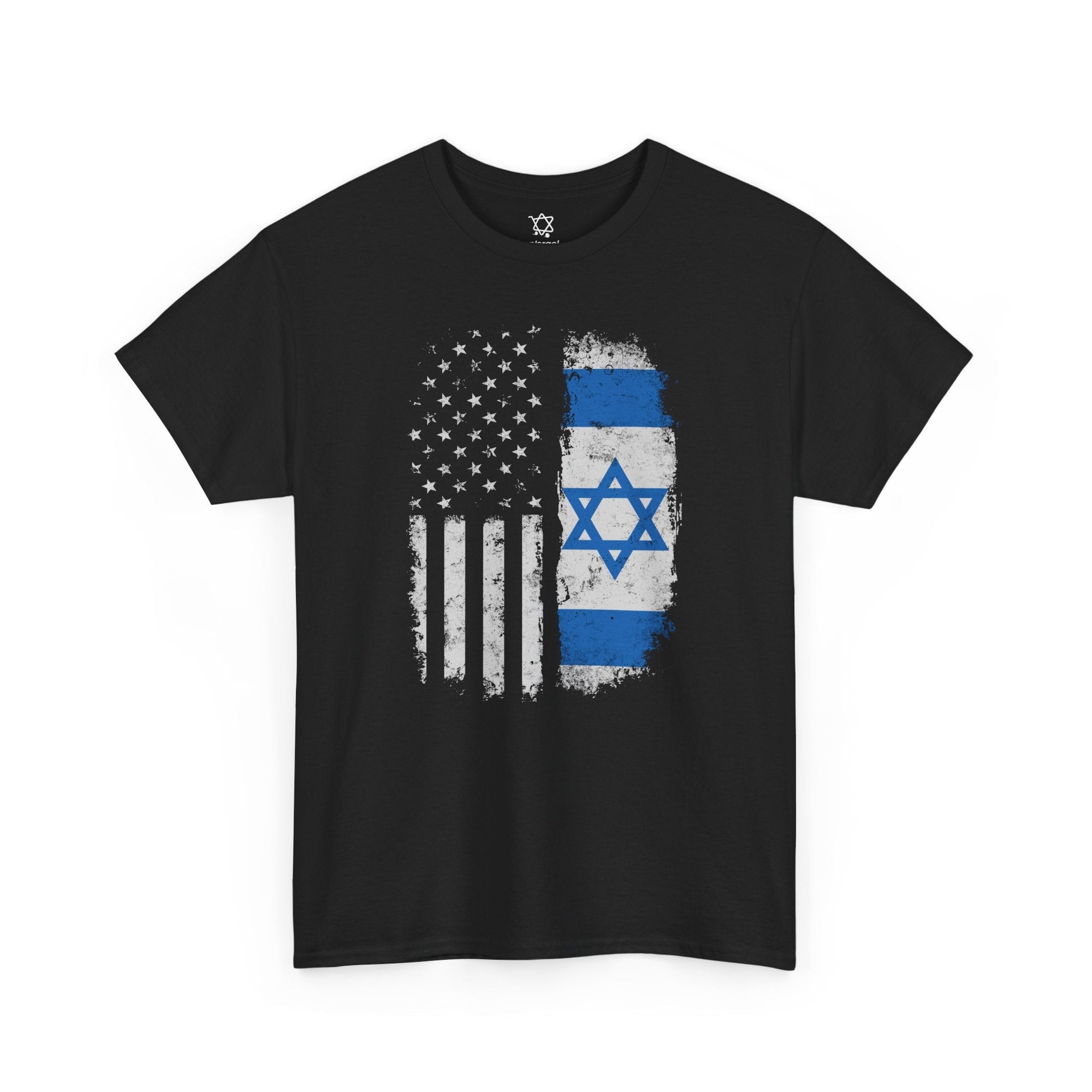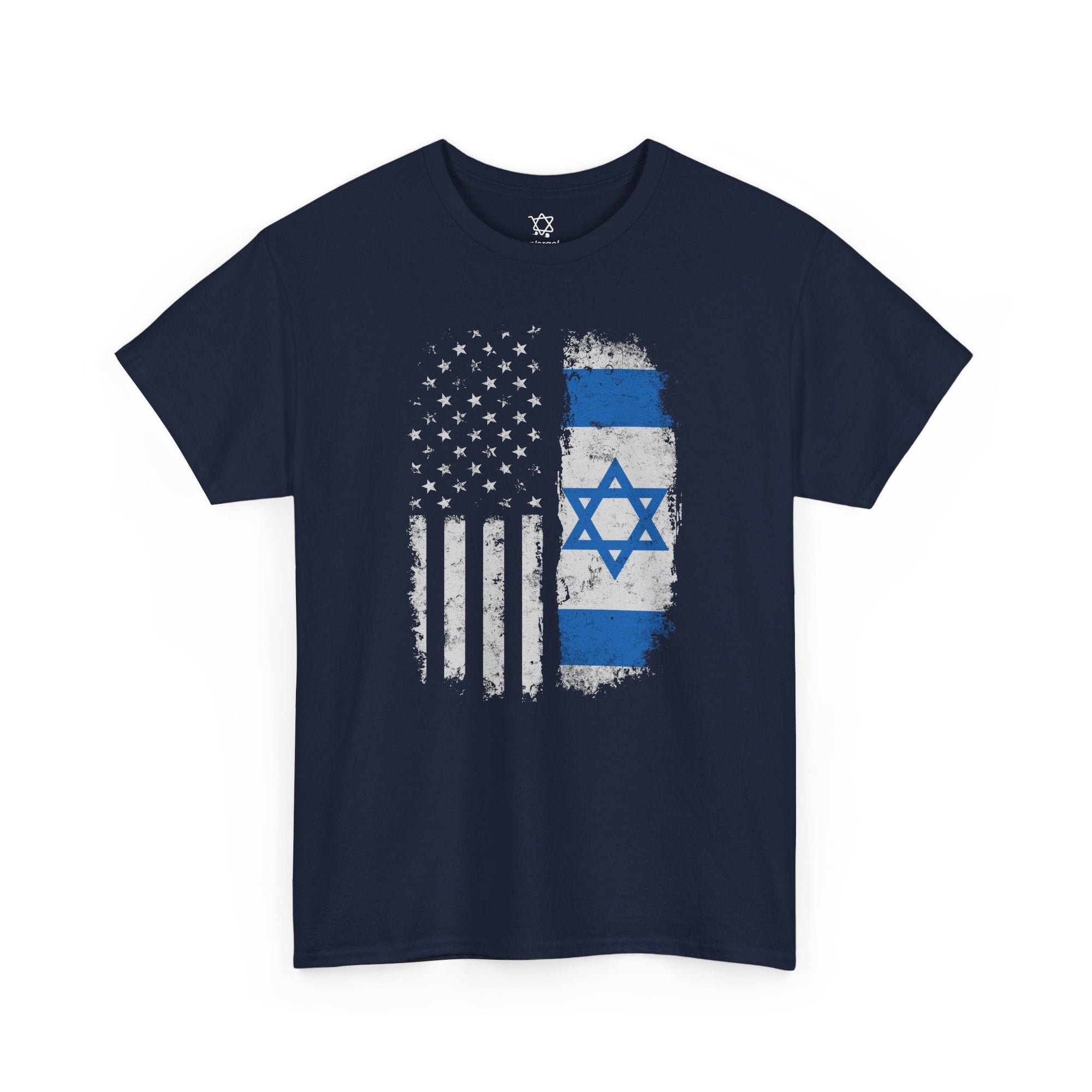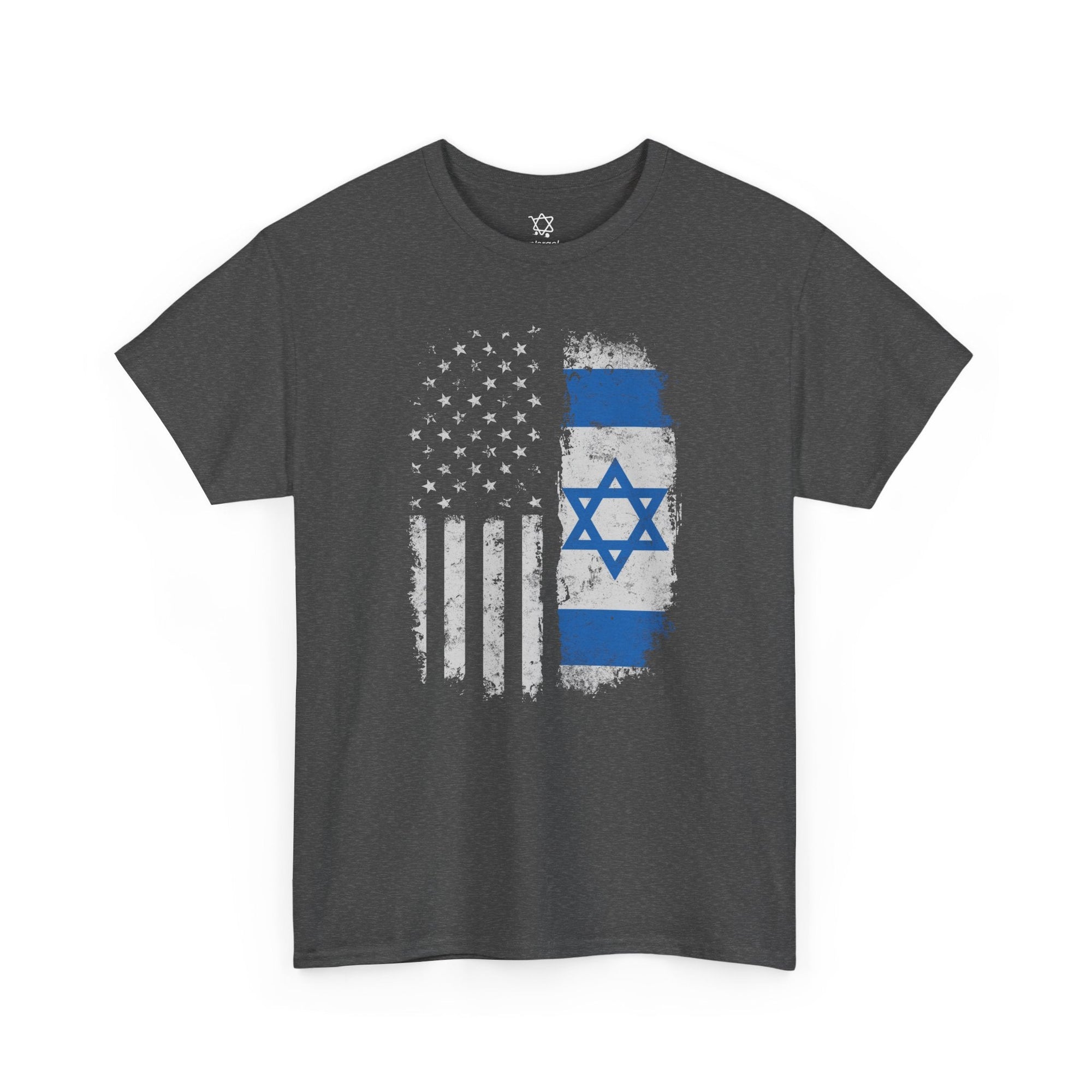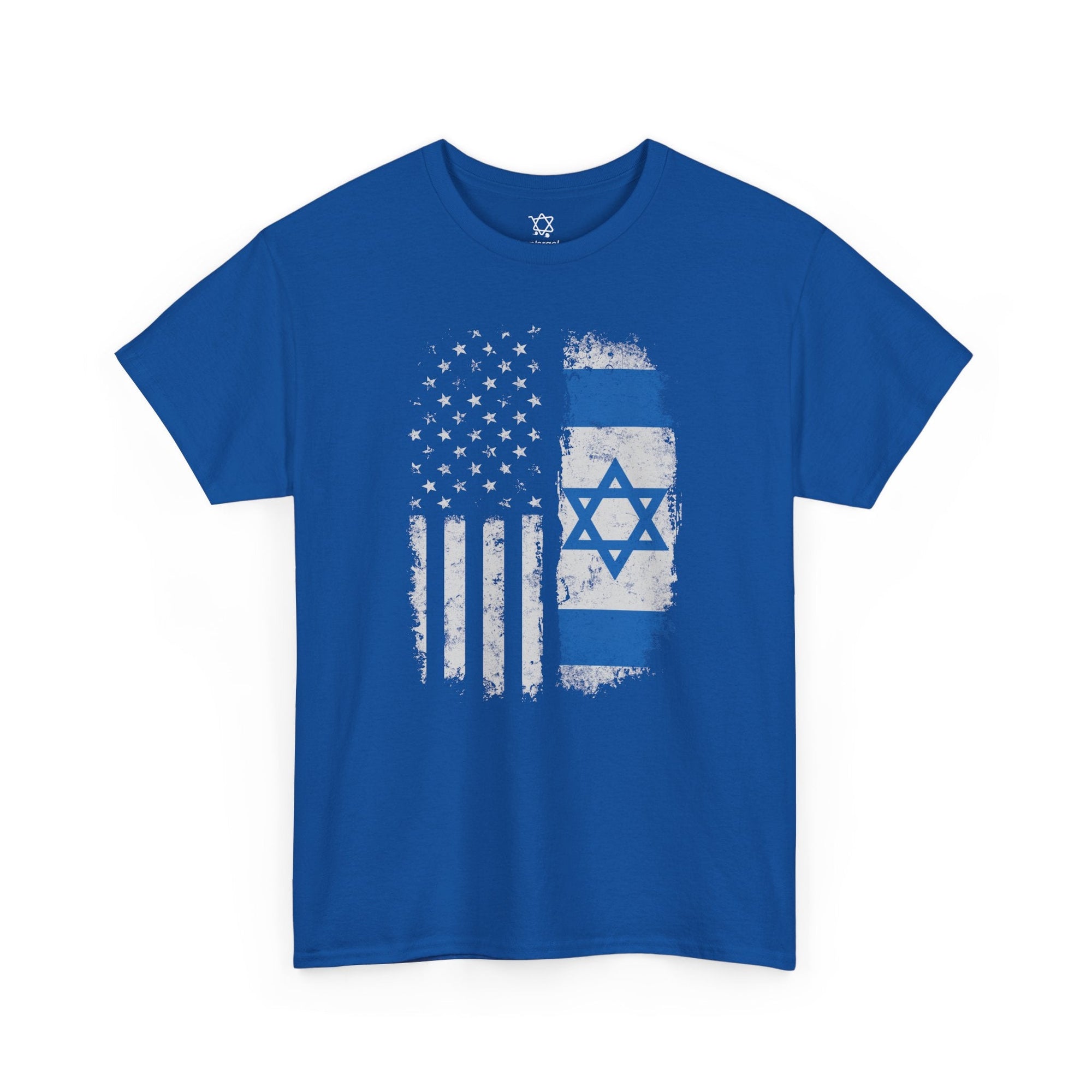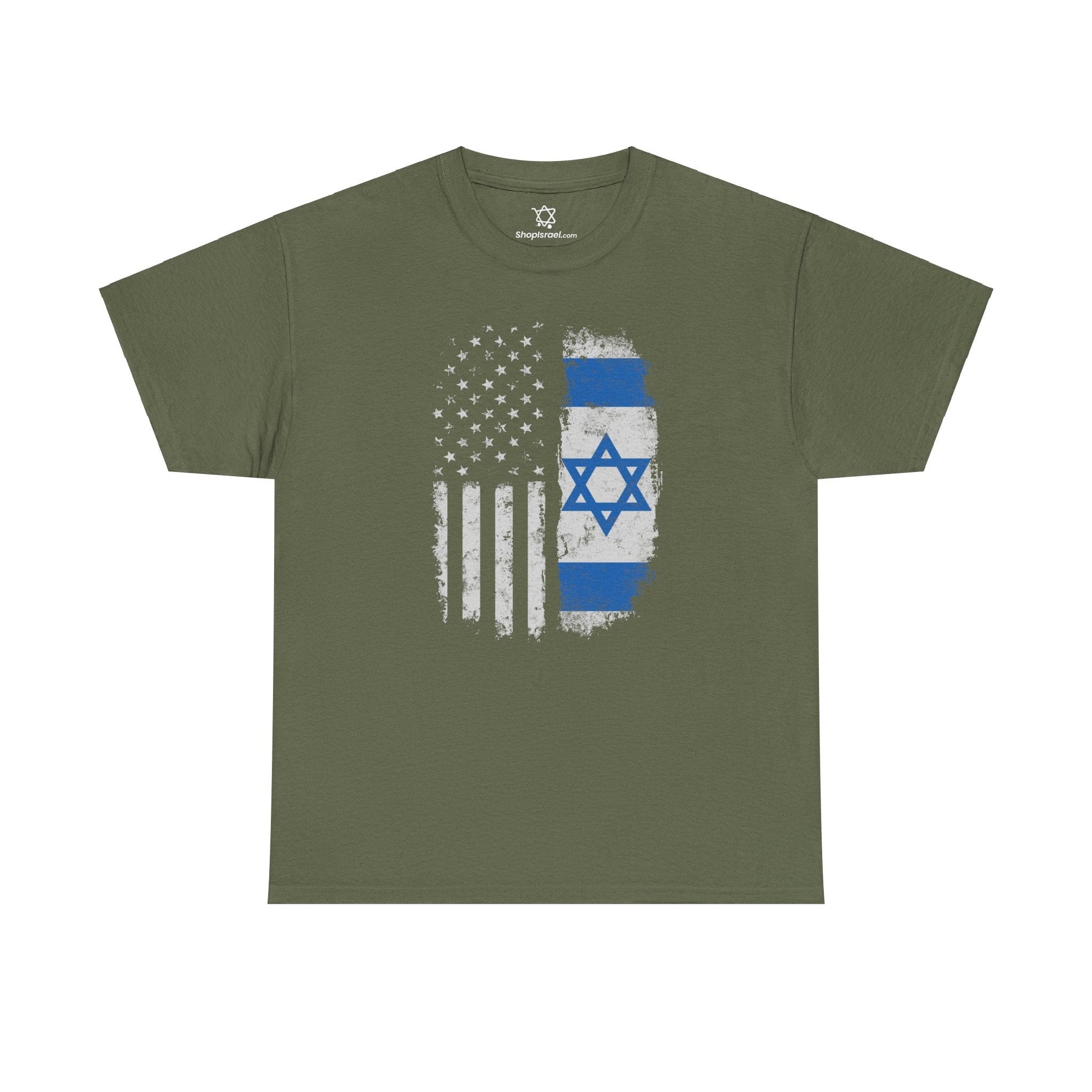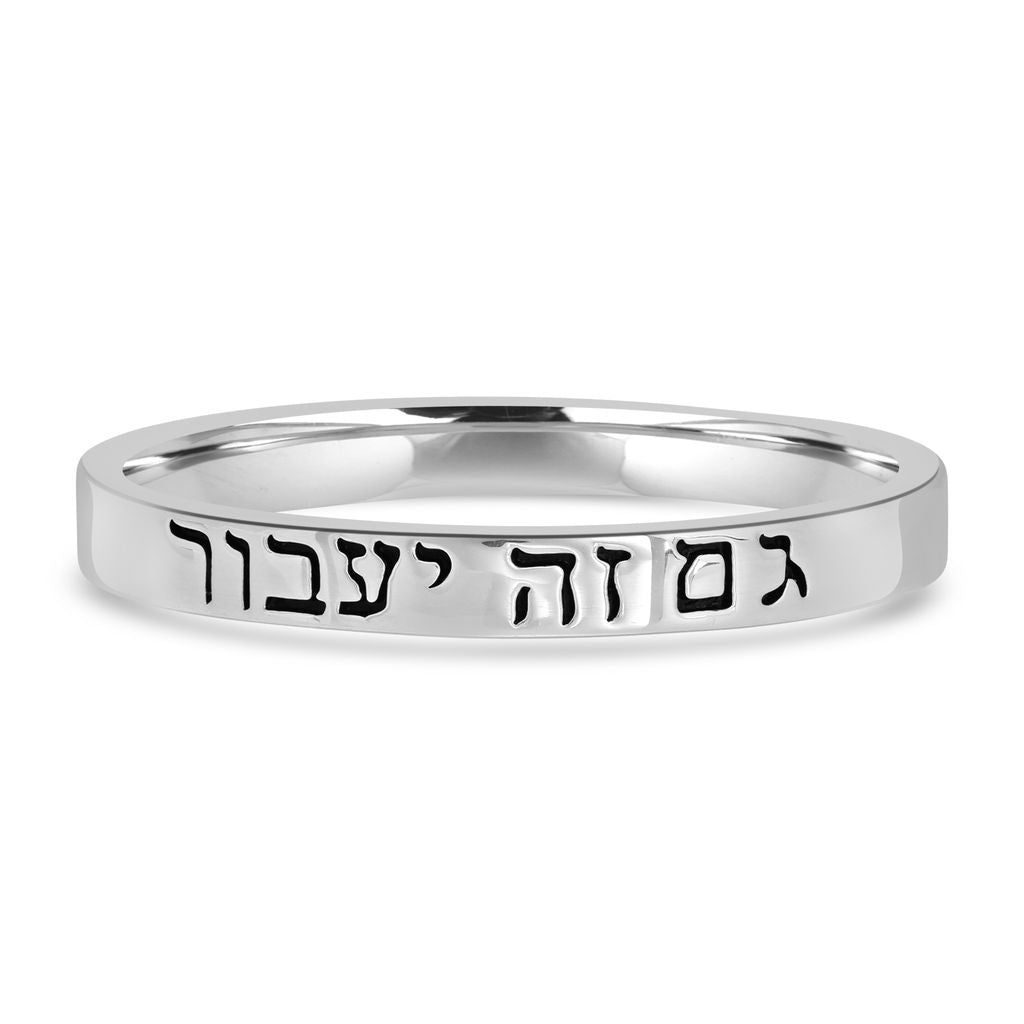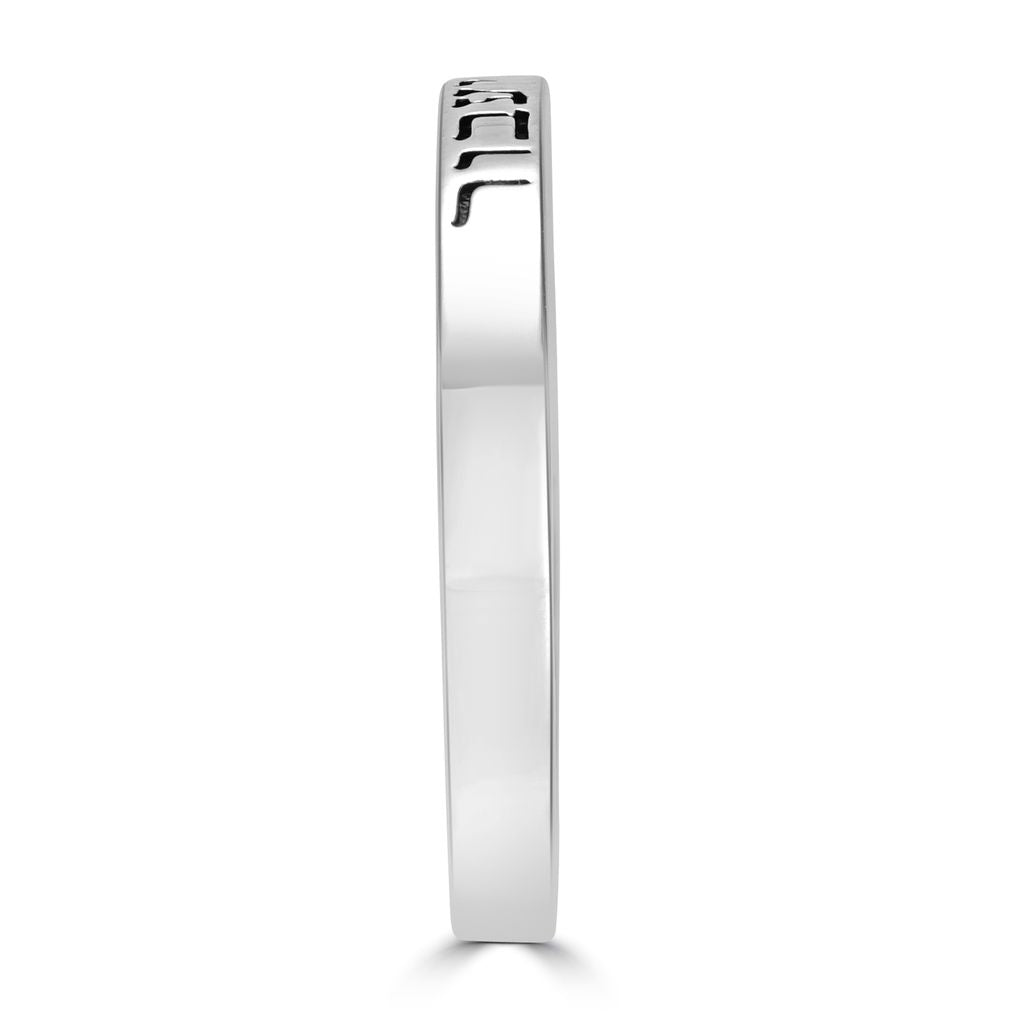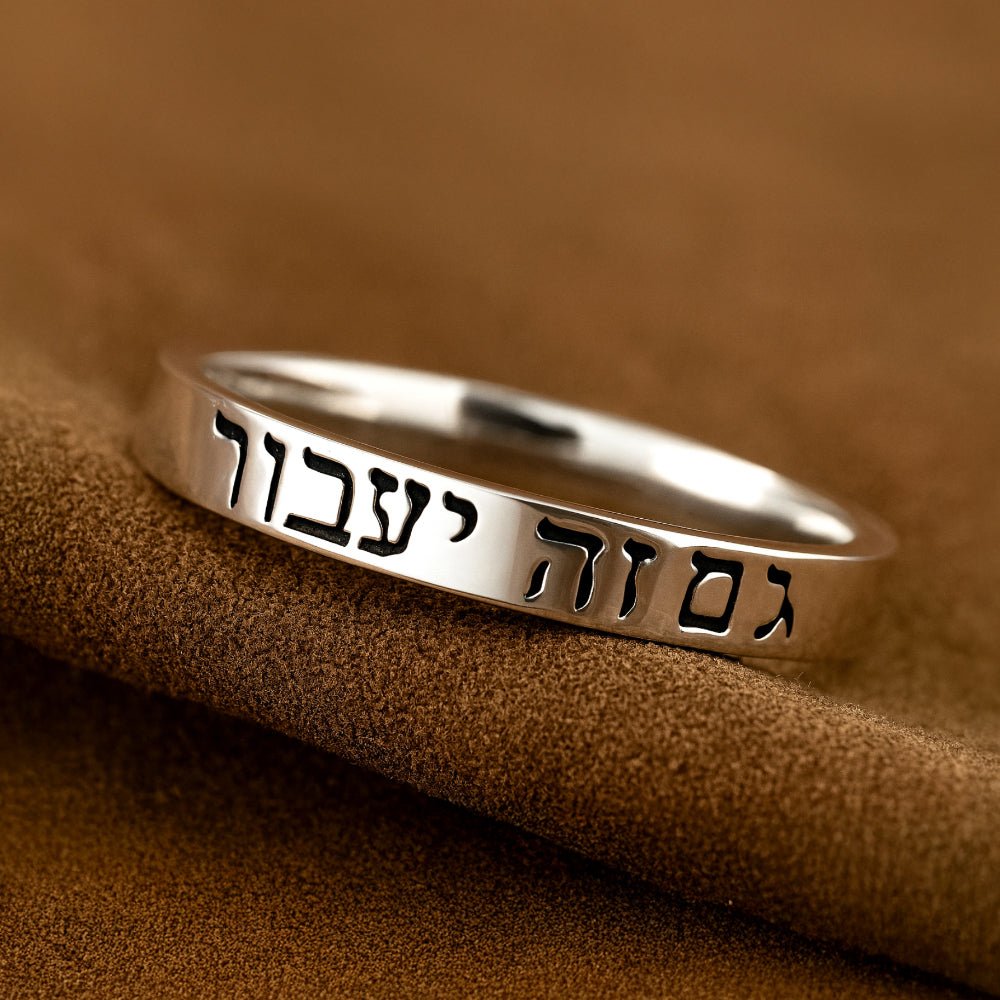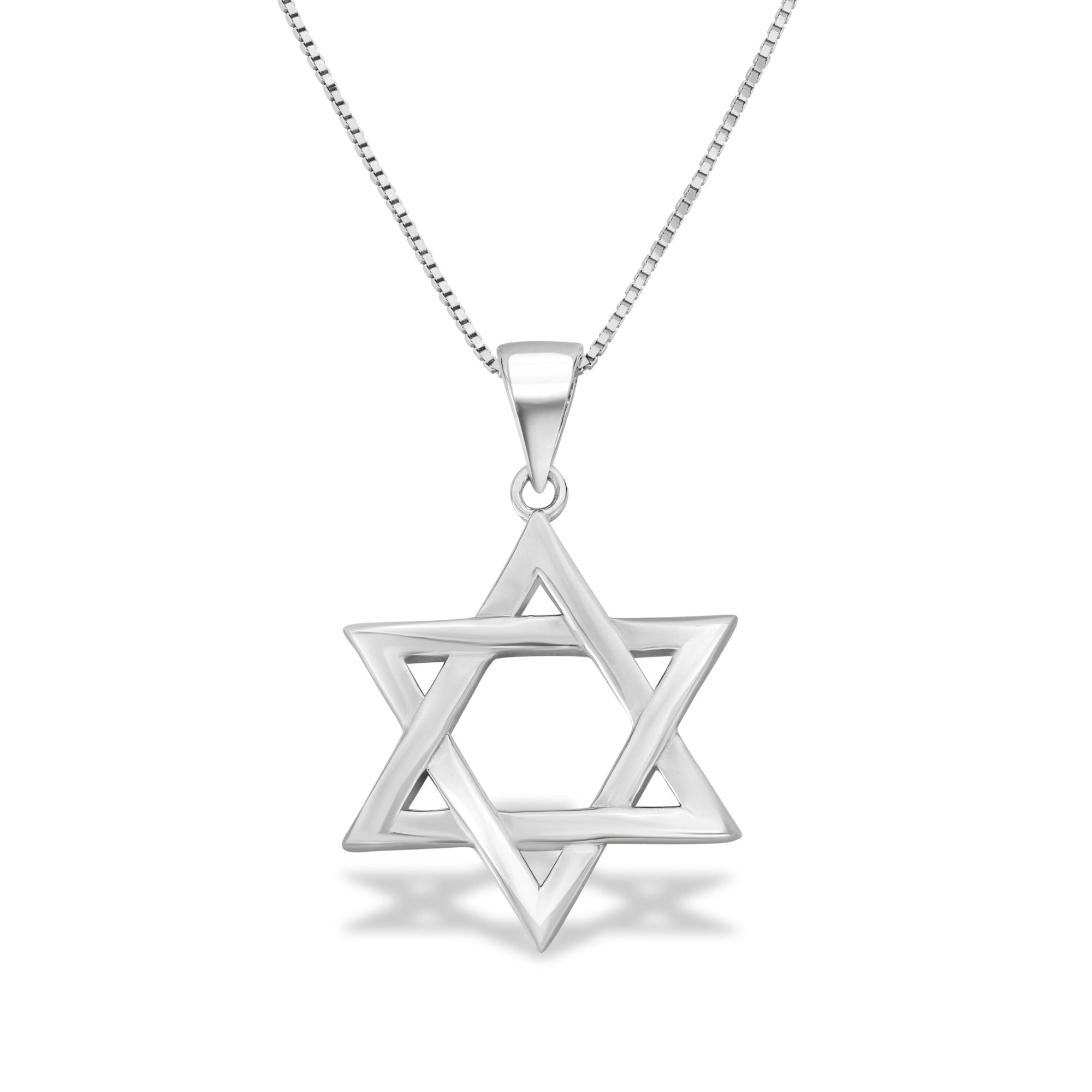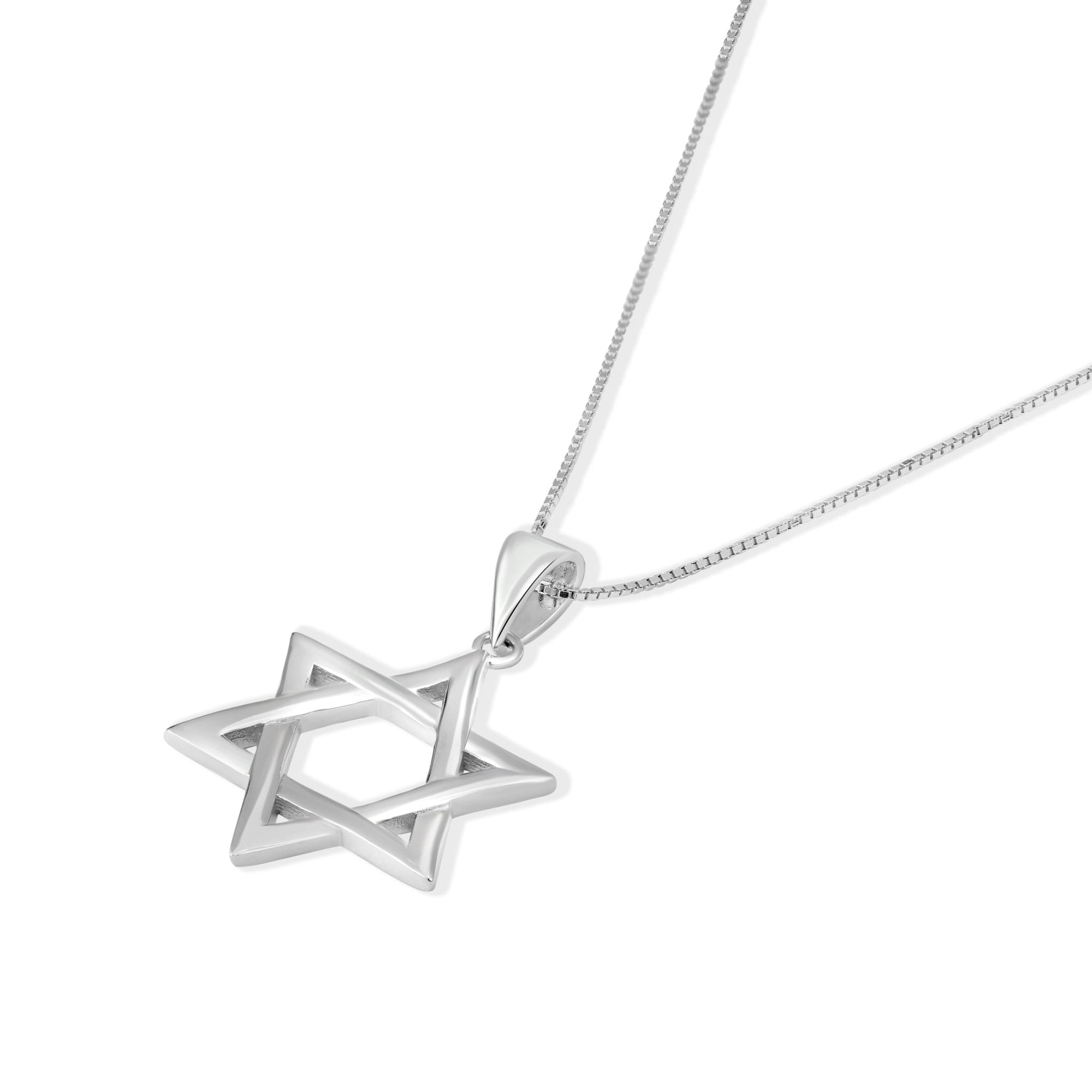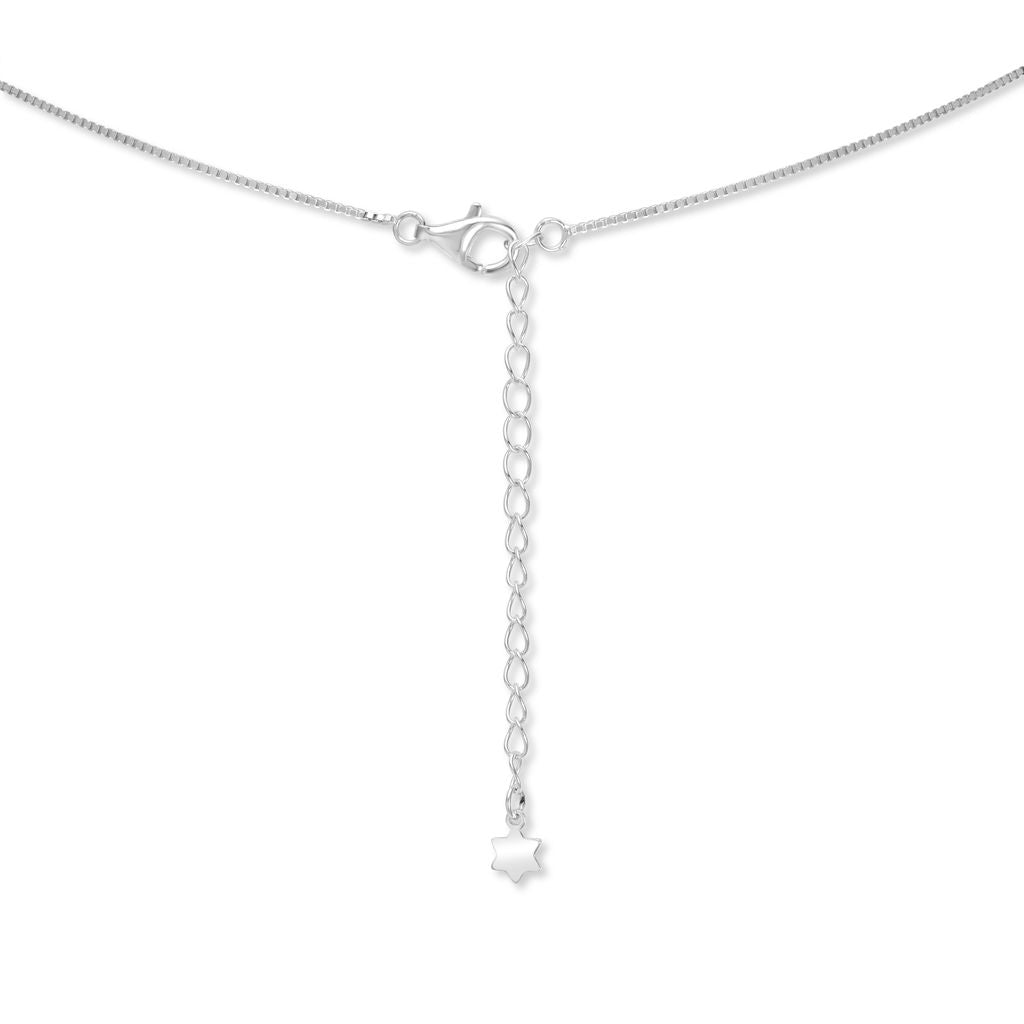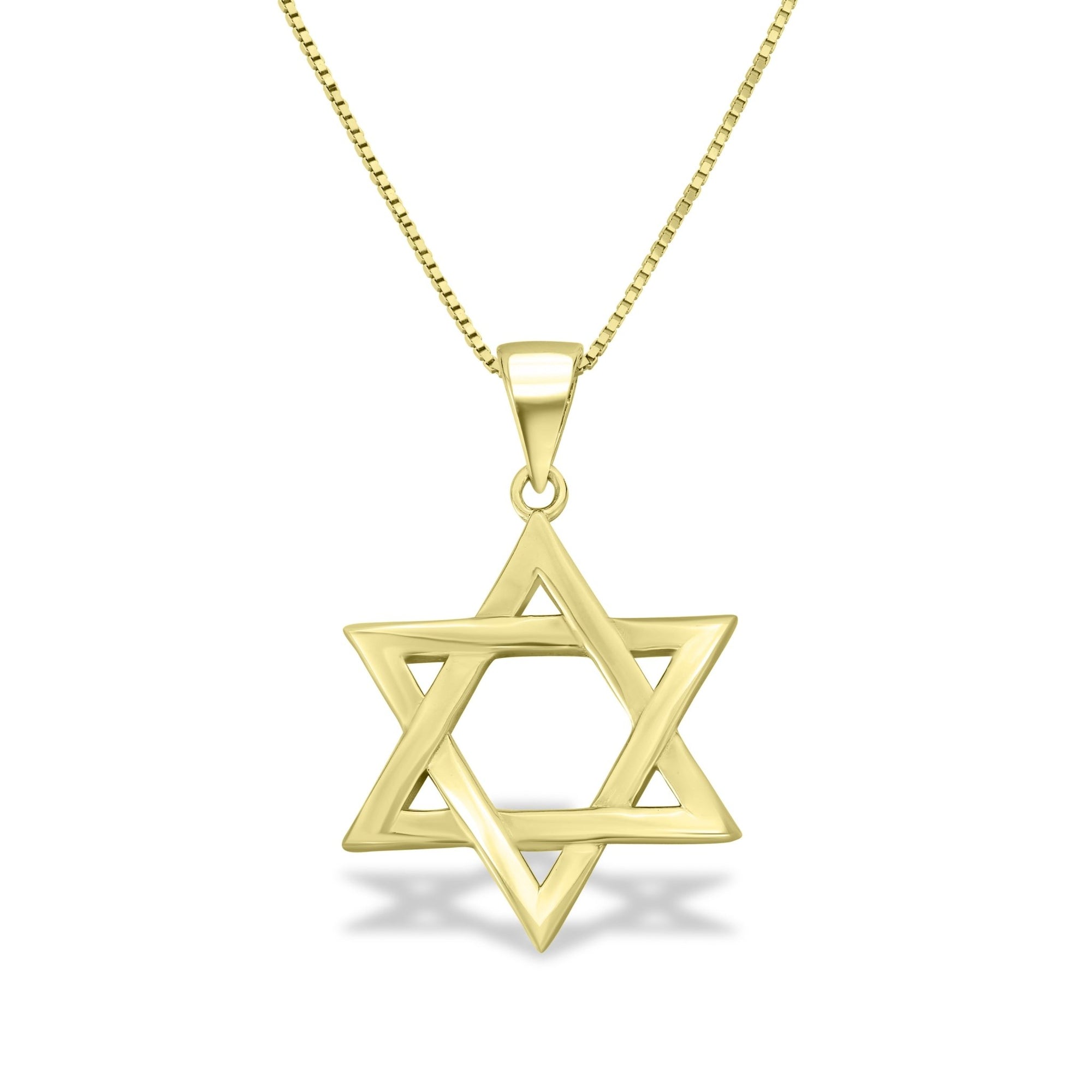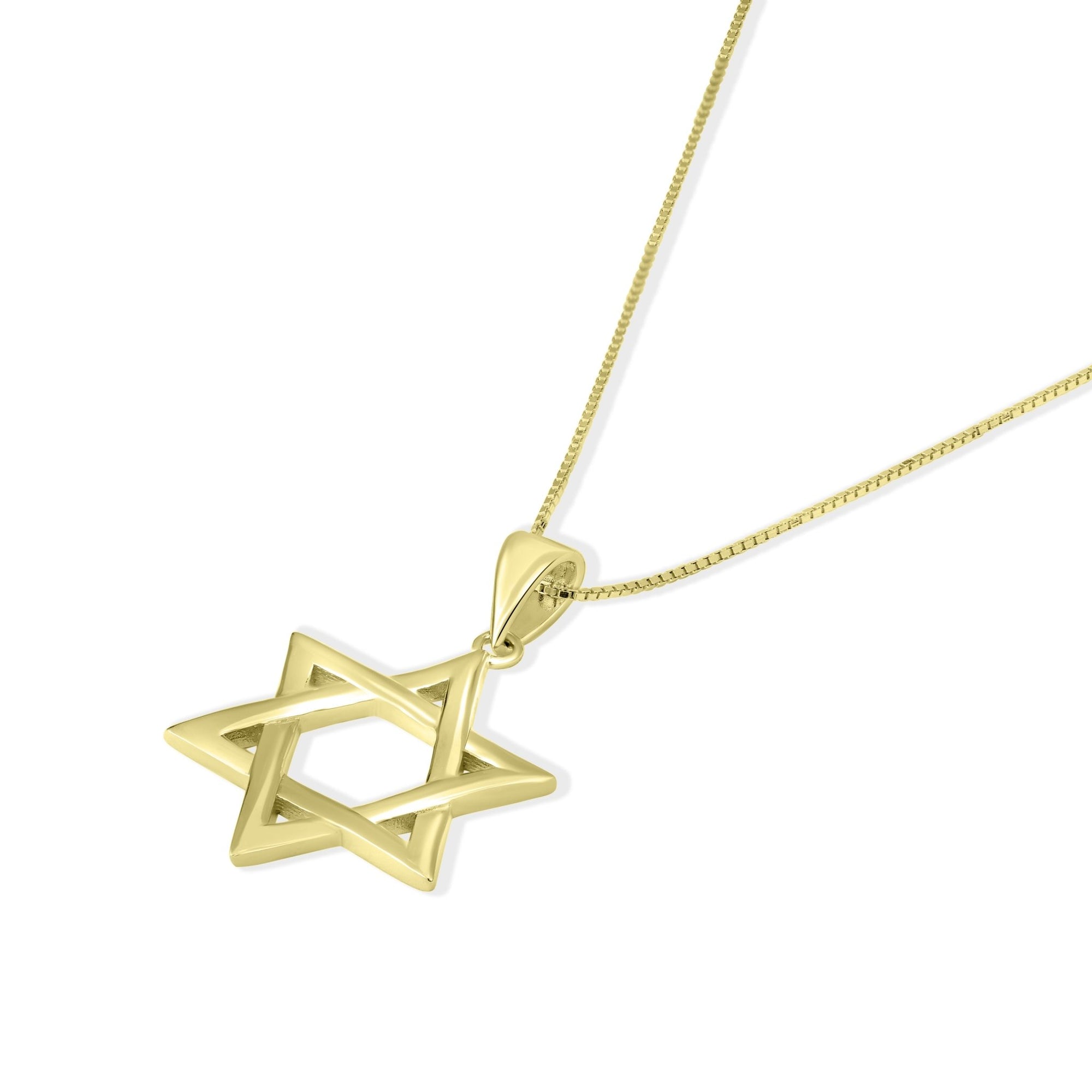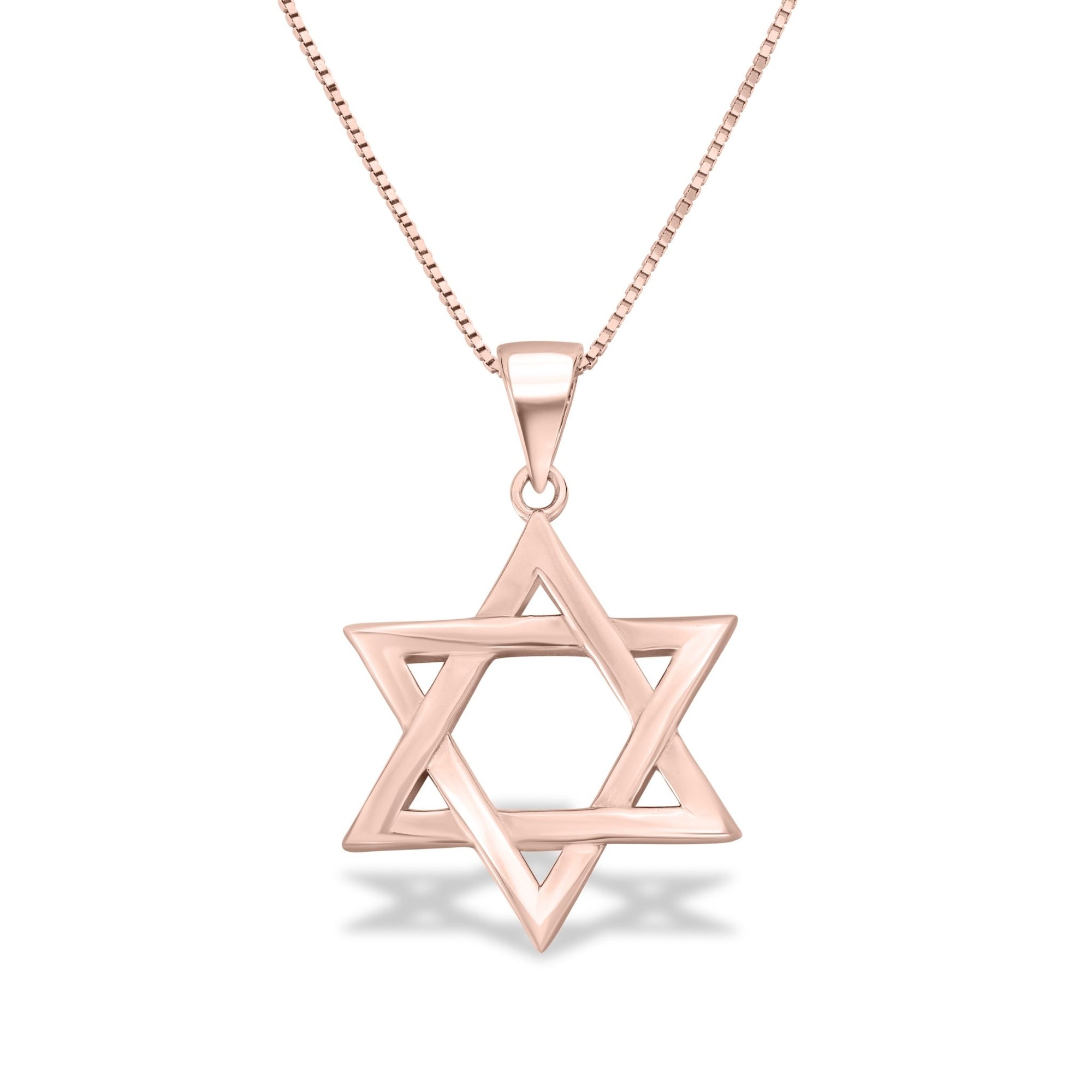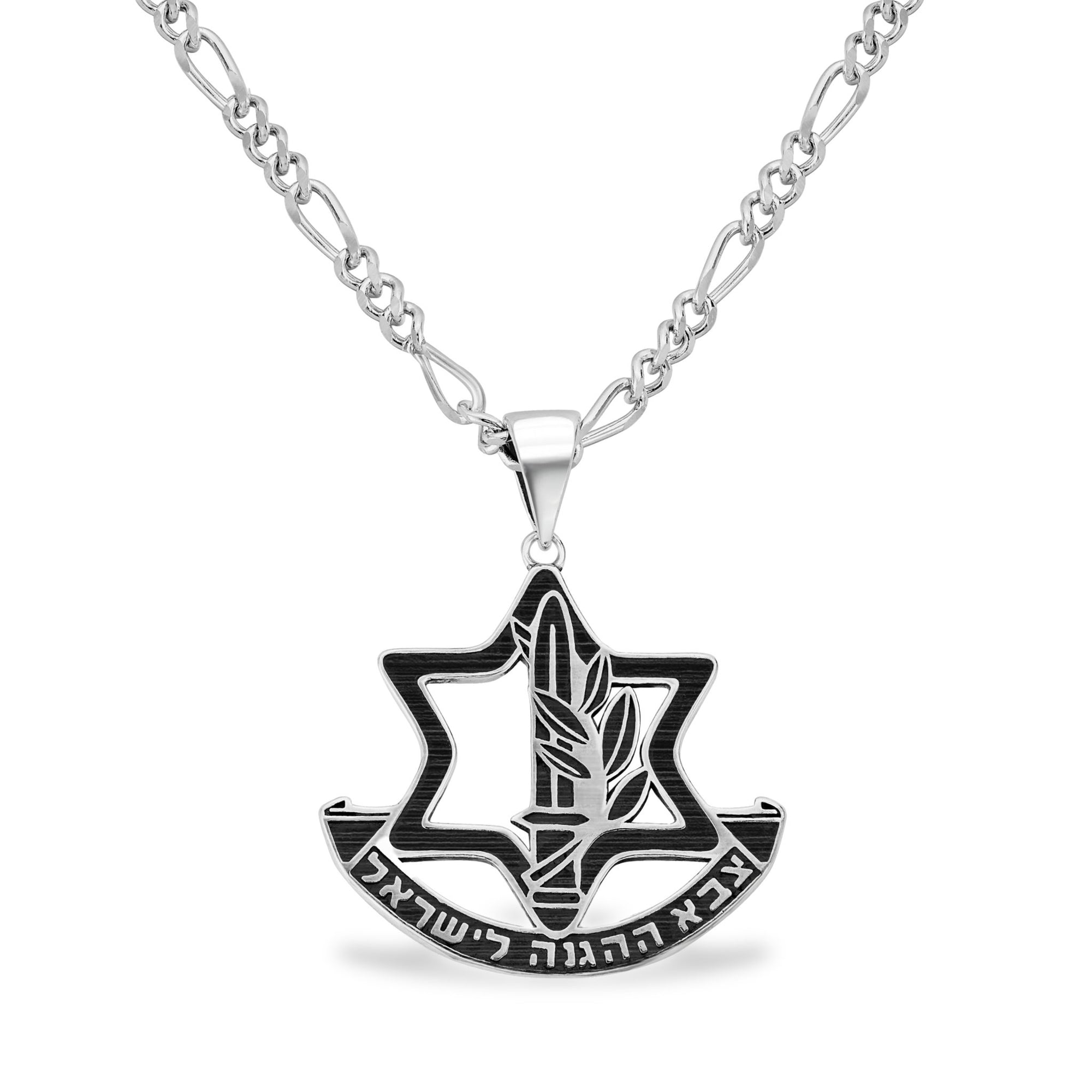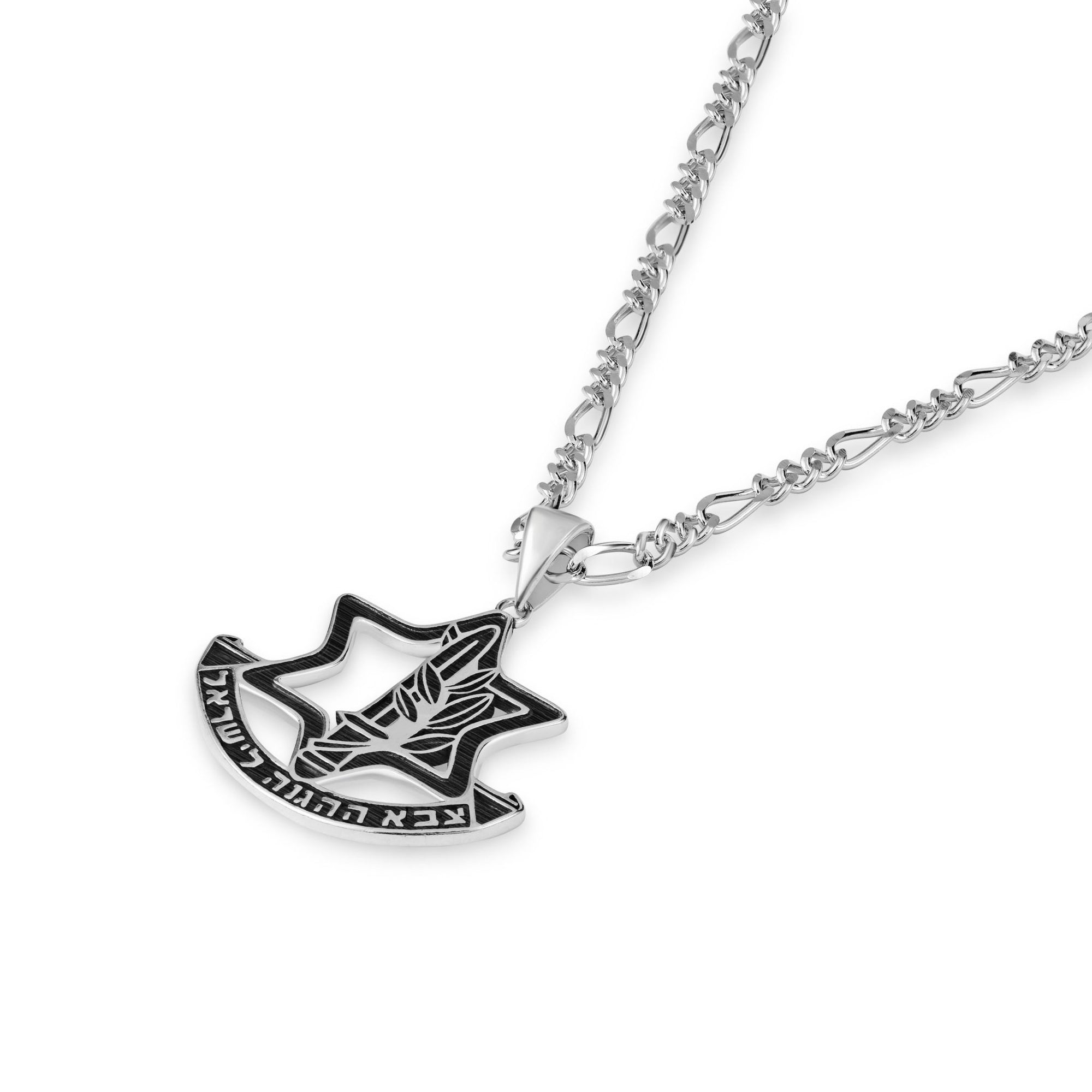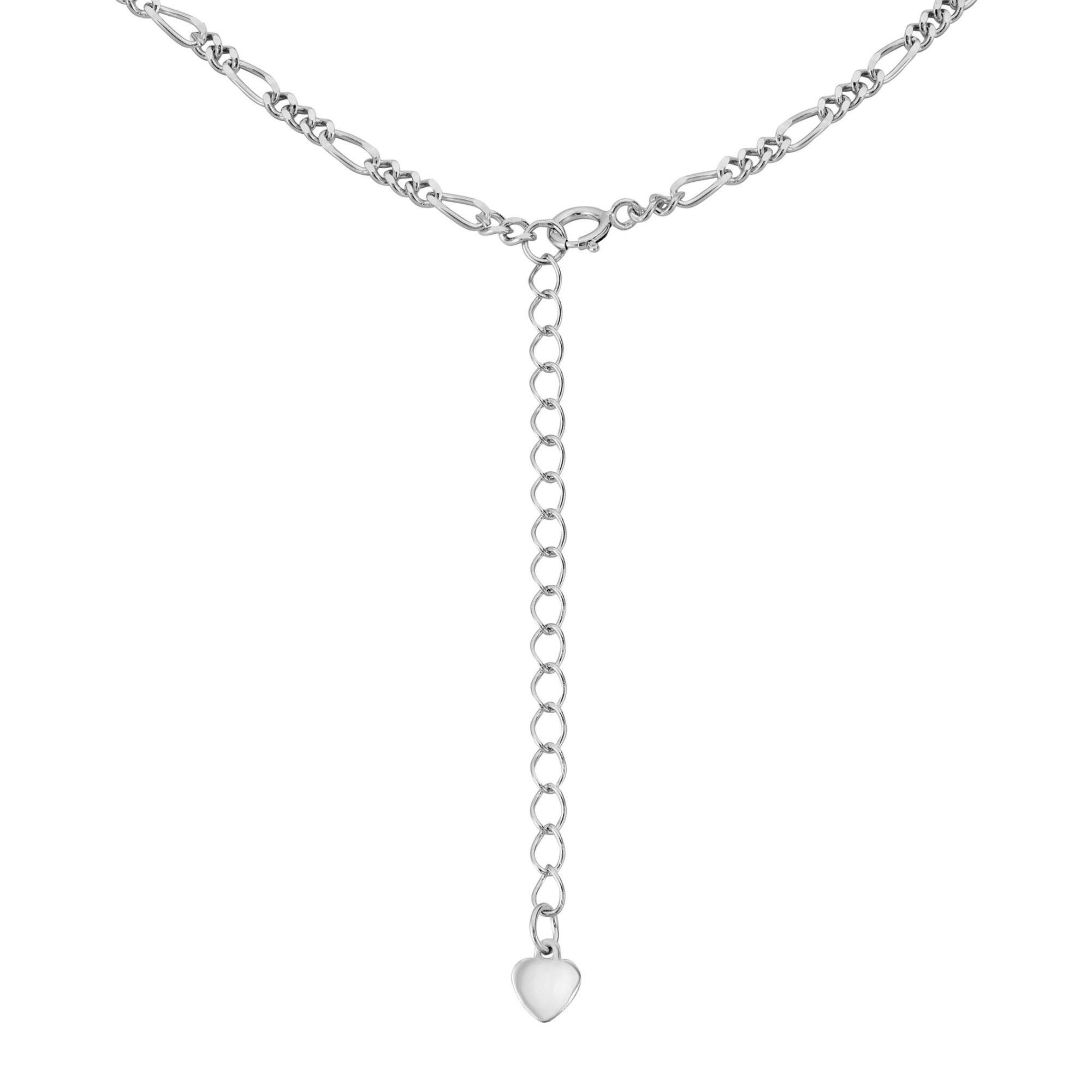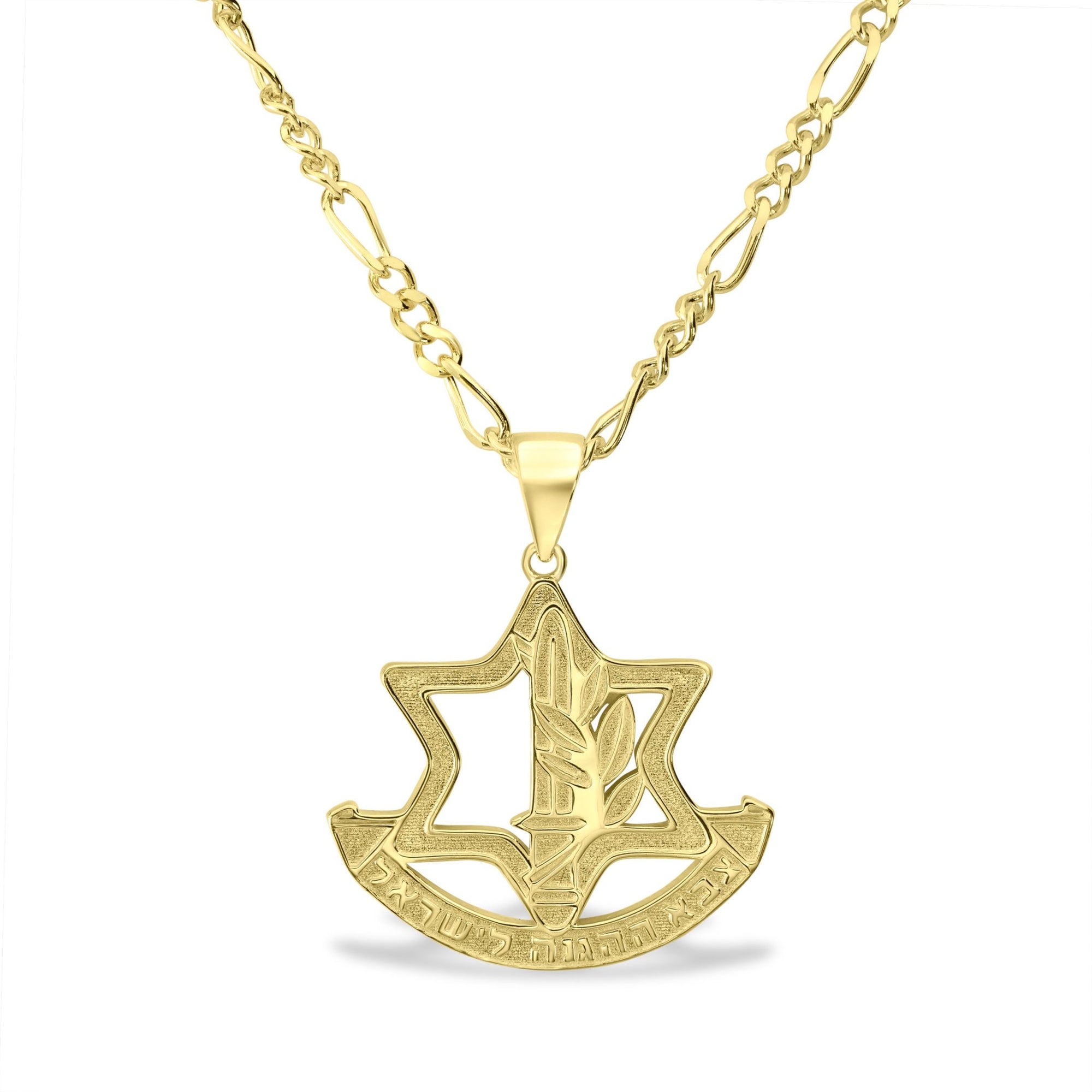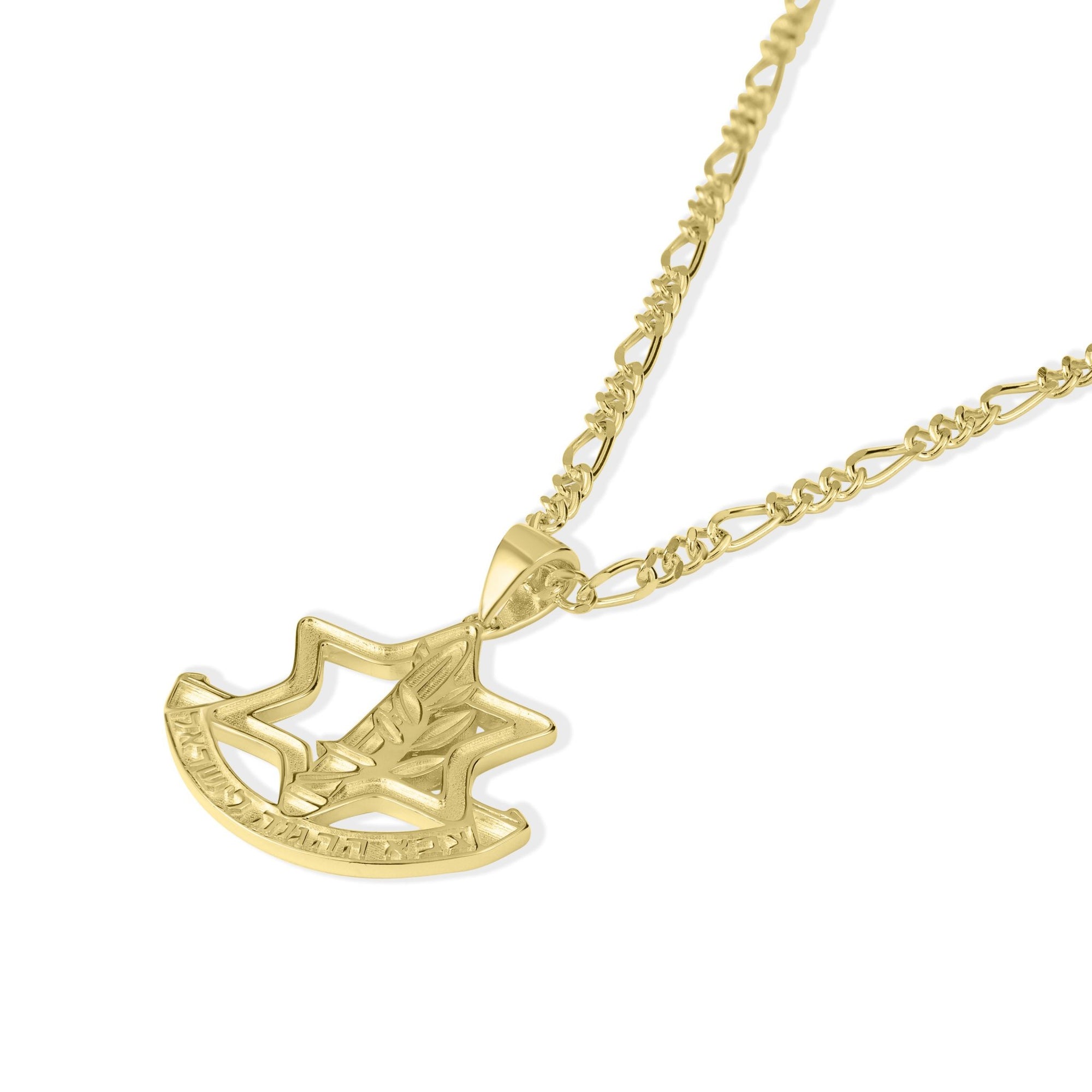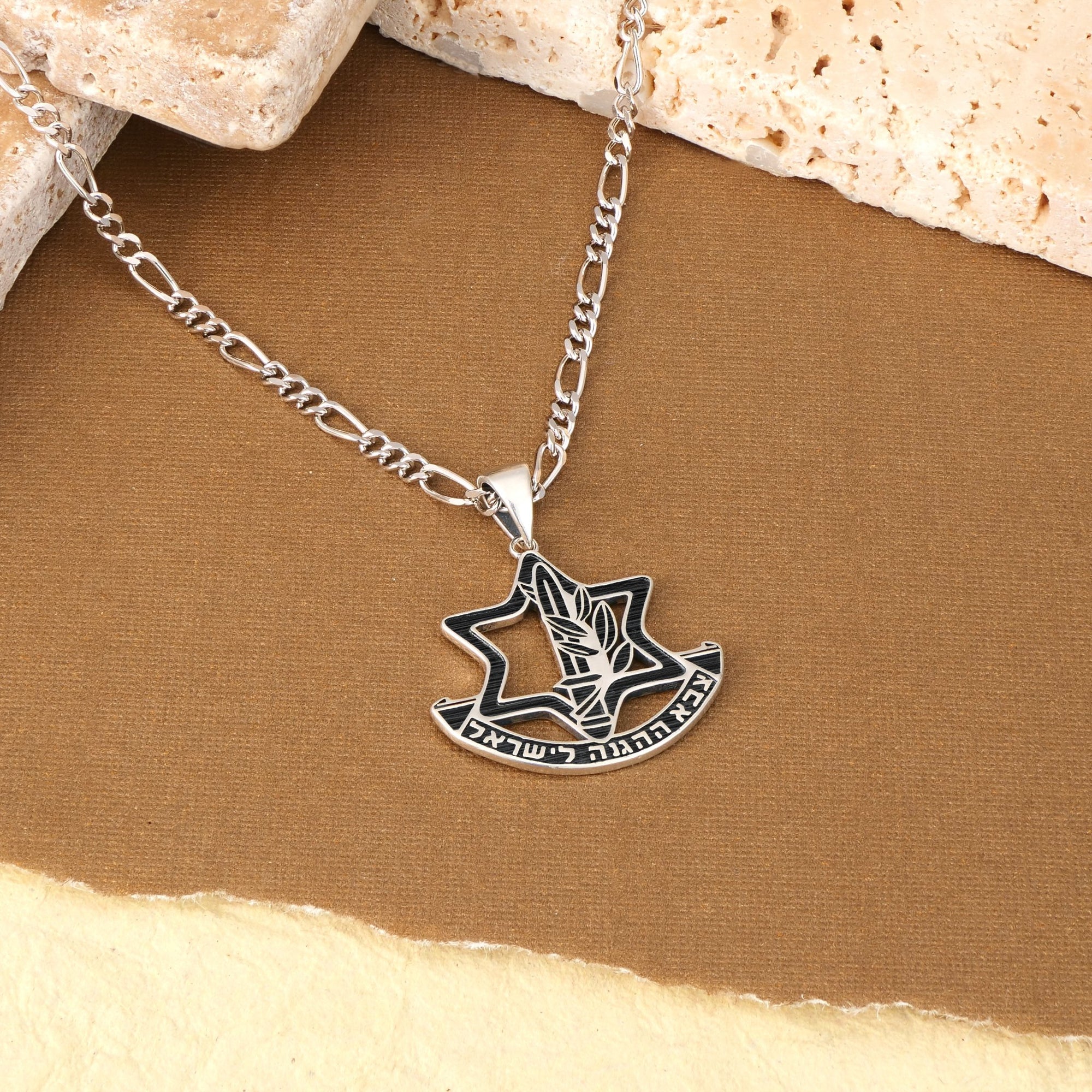Introduction to the Shofar's Cultural and Spiritual Importance
The shofar, an ancient musical horn traditionally made from a ram's horn, occupies a profound place within Jewish culture and religious practice. With roots extending to biblical times, this instrument is central to Jewish High Holy Days, including Rosh Hashanah and Yom Kippur. Beyond its ritual use, the shofar embodies deep symbolism reflecting spirituality, historical memory, and communal identity. This article explores the role of the shofar in Jewish life, its rich symbolism, and how authentic shofars continue to be crafted and distributed as important cultural and religious merchandise today.
Historical Origins and Biblical Significance of the Shofar
What are the historical and biblical origins of the shofar?
The shofar has deep roots in Jewish history and scripture, first mentioned prominently in the Bible during the giving of the Torah at Mount Sinai. In Exodus 19:16, the blast of the shofar causes awe and trembling among the Israelites, marking a pivotal moment in their spiritual heritage.
Historically, the shofar served various vital functions in ancient Jewish life. It was used to announce important religious dates such as the new moon and the Jubilee year—a special time of land rest, debt forgiveness, and liberation every 50 years. The shofar also played a significant role in declaring the start of wars and was a signal of mobilization and alert.
The shofar’s connection to the binding of Isaac is especially poignant. According to tradition, the ram sacrificed in place of Isaac symbolizes faith, self-sacrifice, and divine mercy. The ram’s horn shofar thus reminds worshippers of this foundational narrative and calls for spiritual renewal.
In battles, the shofar was much more than a horn; at events like the conquest of Jericho, the shofar blasts accompanied the troops, signifying divine intervention and victory. Gideon's surprise attack on the Midianites similarly featured the shofar as a tool of spiritual and military strategy.
Lastly, the shofar was the instrument announcing the Jubilee year, marking a time of social justice and liberation, reinforcing its role in the moral and ethical framework of Jewish life.
Through these varied uses—from battlefield to sacred festival—the shofar embodies both historical tradition and profound biblical symbolism, serving as a powerful call to spiritual awakening and communal unity.
Symbolic Meanings Embedded in the Shofar Sound

What does the sound of the shofar symbolize in Jewish tradition?
The shofar’s sound is deeply symbolic within Jewish spirituality, serving as a profound call to awareness and transformation. It is most famously likened to a coronation trumpet, heralding God’s supreme sovereignty over the world, especially marked during Rosh Hashanah, the Jewish New Year. This regal symbolism reminds the faithful of divine kingship and command.
Beyond sovereignty, the shofar acts as a spiritual wake-up call. Its piercing blasts stir the conscience, urging introspection and penitence during the Days of Awe. The sounds recall the awe-filled revelation at Mount Sinai, inspiring renewed commitment to Torah study and ethical living.
The shofar also resonates with the prophetic voices in the Hebrew Bible, emphasizing calls for righteousness and moral renewal. It serves as a somber reminder of the destruction of the Temple in Jerusalem, stirring a yearning for spiritual and physical restoration.
Moreover, the shofar embodies messianic hope. It foreshadows the arrival of the Messiah and ultimate redemption, symbolizing the Day of Judgment and the aspiration for spiritual perfection. Through its rich sonic language, the shofar invites believers to embrace repentance and a renewed ethical path while envisioning a redeemed future for Israel and the world.
The Ritual Practice of Shofar Blowing and Its Liturgical Role

How is the shofar traditionally used in Jewish ritual practice?
The shofar is most famously used during the High Holidays: Rosh Hashanah and Yom Kippur. Additionally, it is blown daily throughout the month of Elul, except on Shabbat, to prepare the community for the new year through spiritual awakening and reflection.
Traditional occasions for shofar blowing
- Elul: Daily blasts (except Shabbat) encourage repentance and self-examination (shofar during Elul, Rosh Hashanah, and Yom Kippur).
- Rosh Hashanah: The central ritual, where the shofar is sounded multiple times in various sequences to herald God's sovereignty and judgment.
- Yom Kippur: The shofar is sounded at the conclusion to mark the end of fasting and signal spiritual renewal.
Different types of shofar blasts and their meanings
There are four traditional sounds produced:
- Tekiah: A long, straight blast symbolizing the coronation of God as King.
- Shevarim: Three medium-length broken notes representing sobbing or yearning (Tekiah, Shevarim, and Teruah sounds).
- Teruah: A series of quick, staccato blasts serving as a spiritual alarm to awaken the soul.
- Tekiah Gedolah: An extended tekiah blast, signifying finality and divine majesty (Tekiah gedolah blast).
Each sound has specific symbolic importance, collectively encouraging introspection, repentance, and recognition of divine sovereignty (Shofar symbolism.
Legal and ritual requirements in Jewish law
Jewish halacha mandates the shofar blast be performed by a qualified individual and heard by the community. The shofar must be made from a kosher animal's horn, preferably a ram, naturally hollow, without artificial coatings (Kosher criteria for shofars).
The obligation to "hear" the shofar sound is central; thus, its live, unamplified blast is required, with restrictions against blowing it on Shabbat or using electronic reproductions (Restrictions on shofar blowing).
Role of the ba'al tokeah (shofar blower)
The ba'al tokeah is a skilled, learned, and God-fearing male who performs the shofar blowing during communal services. Mastery over the different sounds and their proper sequences is essential to fulfill the spiritual and halachic mandates (Qualified shofar blower.
Placement within synagogue services
During Rosh Hashanah, the shofar is blown after the Torah reading and before the Musaf prayer, marking a pivotal moment of communal spiritual awakening and divine acknowledgment. This placement heightens the day's themes of judgment, kingship, and renewal (Rosh Hashanah shofar ceremony).
Crafting and Authenticity: Shofar Merchandise in Contemporary Jewish Life

Materials and Types of Kosher Shofars
Authentic shofars are primarily made from the horn of kosher animals. The ram’s horn is most preferred, reflecting its biblical connection to Abraham’s sacrifice on Mount Moriah (Shofar symbolizing the ram of Abraham. Other acceptable but less common materials include horns from kudu and gemsbok species, especially in African Jewish communities (Importance of the Shofar). Horns from cattle are traditionally avoided due to their association with the Golden Calf narrative (Shofar in Jewish tradition.
Production and Craftsmanship
The crafting process is intricate, starting with hollowing out the horn, often softened by heat for flexibility (Shofar crafting process. Skilled artisans shape and polish the horn to ensure it produces clear, authentic sound (How the shofar is made. This delicate work preserves the natural form while enhancing function, resulting in both a musical instrument and a ceremonial object (Shofar as a spiritual tool). Most high-quality shofars are handcrafted in Israel, where tradition and technique converge (Kosher Shofars for Sale.
Importance of Authenticity and Kosher Certification
Ensuring the shofar’s kosher status is vital for religious observance (The shofar mitzvah commandment. Buyers are advised to obtain shofars from reputable vendors who provide rabbinical certification (Rabbinical Certification for Shofars). This certification guarantees the horn derives from a kosher species and meets halachic specifications — for example, no cracks or artificial coatings (Kosher criteria for shofars. Authenticity underscores the spiritual significance and respect attributed to the item (Shofar symbolism.
Variety in Style and Ornamental Designs
While many shofars maintain a natural, unadorned appearance, a range of decorative styles exists (Decorative Shofar Designs. Some shofars feature polished finishes or engraved motifs, sometimes incorporating precious stones or symbolic Jewish emblems (Jewish ritual horn. These ornamental shofars serve both ritual and aesthetic purposes, reflecting personal or communal identity (Traditional Jewish Ritual Items.
Accessories Used for Care and Maintenance
Proper care preserves the shofar’s sound quality and longevity (Shofar care and maintenance. Accessories such as protective bags, stands, and odor neutralizers are common (Shofar Accessories. These help protect the instrument from damage and maintain its purity, symbolizing the high regard Jewish tradition holds for this sacred object (Spiritual Meaning of Shofar.
Together, these elements define the authenticity, craftsmanship, and continued cultural relevance of the shofar in Jewish life today.
The Shofar’s Role Beyond Ritual: Cultural Identity and Public Symbolism

How is the shofar used beyond religious services in modern times?
While the shofar remains a central part of Jewish religious practice, its significance extends far beyond ritual observance in contemporary society. It has become a powerful symbol of Jewish cultural identity and resilience, appearing prominently in various public and political ceremonies in Israel. For instance, the shofar is sounded during Israeli presidential inaugurations and commemorations of historical events like the Six-Day War, where it embodies national pride and victory.
The instrument’s reach is further broadened through the international Shofar Campaign initiated by the Chabad movement. This campaign encourages the blowing of the shofar in a variety of public spaces such as hospitals, prisons, and even city streets throughout the High Holy Days. By doing so, the shofar’s call to spiritual awakening and repentance is shared with people outside the traditional synagogue setting, fostering inclusivity and communal connection.
Additionally, the shofar has found a place in secular culture, featuring in music, film, and artistic performances. Its distinctive sound and rich symbolism help link Jewish heritage and history with contemporary artistic expression, expanding its relevance and appreciation beyond strictly religious contexts (Shofar in political ceremonies, Shofar in secular music and film.
Educational and spiritual outreach efforts complement these activities, aiming to deepen understanding of the shofar’s history, meaning, and significance. Through these initiatives, the shofar continues to inspire reflection, unity, and hope across diverse audiences, highlighting its enduring role as a bridge between faith, culture, and collective memory (Shofar symbolism and significance, Spiritual importance of the shofar).
Spiritual Resonance and Mystical Significance of the Shofar Sound

What is the mystical significance of the shofar’s sound in Jewish tradition?
Jewish mysticism attributes deep spiritual importance to the sound of the shofar, viewing it as a divine vibration that connects listeners with the cosmic source of life. It is believed to echo the primordial sound formed when God breathed life into Adam and Eve, thereby linking the shofar to the very breath of creation.
Connection to divine breath and primordial sound
The shofar's blasts—tekiah, shevarim, and teruah—are seen in Kabbalistic teachings as forms of sacred breath work. This act of blowing creates a spiritual resonance that bridges the physical and spiritual realms, awakening the soul's desire for closeness with God. This connection reflects an ancient tradition where sound is considered a medium for divine communication and energy.
Spiritual awakening and resonance theories
Each type of blast serves a unique role in stirring spiritual reflection and awakening. The shofar’s sound encourages believers to undergo personal transformation and repentance. It acts as a spiritual alarm, designed to awaken dormant souls and ignite introspection. This aligns with the shofar's role as a spiritual wake-up call.
Symbolism of the bent horn
The shape of the shofar, often bent rather than straight, symbolizes humility and the repentant heart. This bend is a powerful emblem reminding people that true spiritual elevation involves submission and inner change rather than pride, as discussed in the shofar symbolism.
Integration of sound and soul in Jewish thought
Overall, the shofar transcends its function as a musical instrument, embodying a synthesis of sound, breath, and soul. It serves as a vehicle for universal harmony, hope, and messianic redemption — uniting spiritual discipline with mystical significance in Jewish practice, reflecting shofar's symbolism of hope and messianic redemption.
Embracing the Shofar’s Legacy in Contemporary Jewish Life
The shofar stands as a timeless emblem of Jewish faith, history, and culture. Its powerful sound invites introspection, repentance, and renewal, anchoring ancient biblical commandments within the rhythms of modern Jewish life. Beyond its ritual role during High Holidays, the shofar resonates as a symbol of divine sovereignty, communal identity, and messianic hope. Authentic shofar craftsmanship preserves this heritage, while expanding public and cultural uses enrich its contemporary significance. As both a sacred instrument and vibrant cultural artifact, the shofar continues to inspire spiritual awakening and unity, echoing the enduring story of the Jewish people and their covenantal relationship with God.









